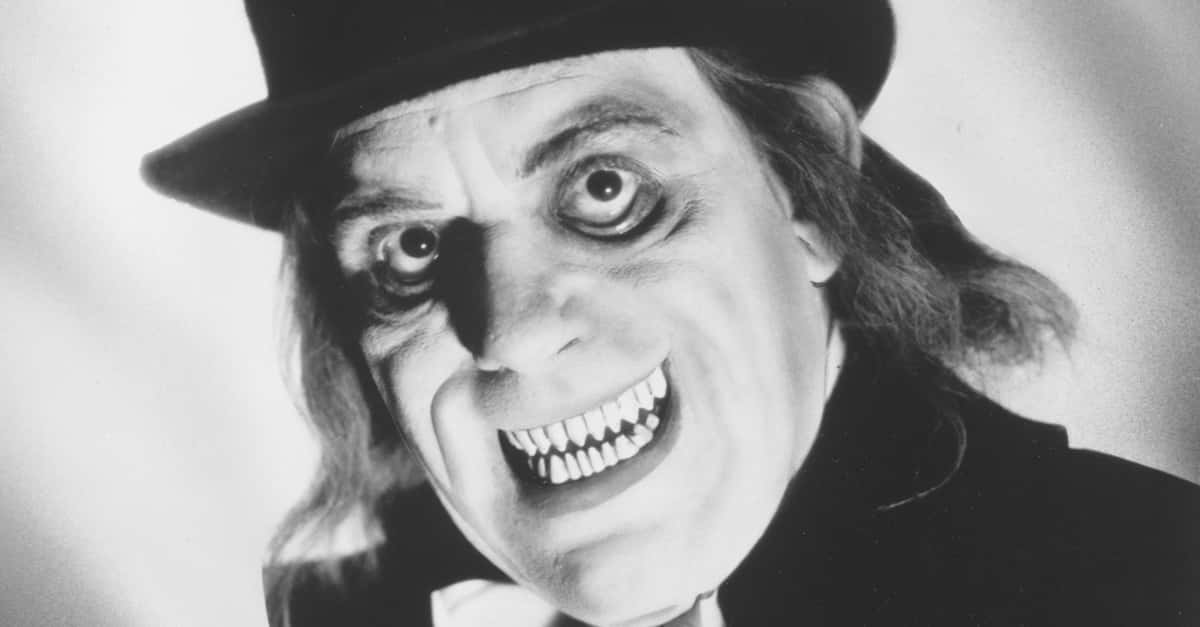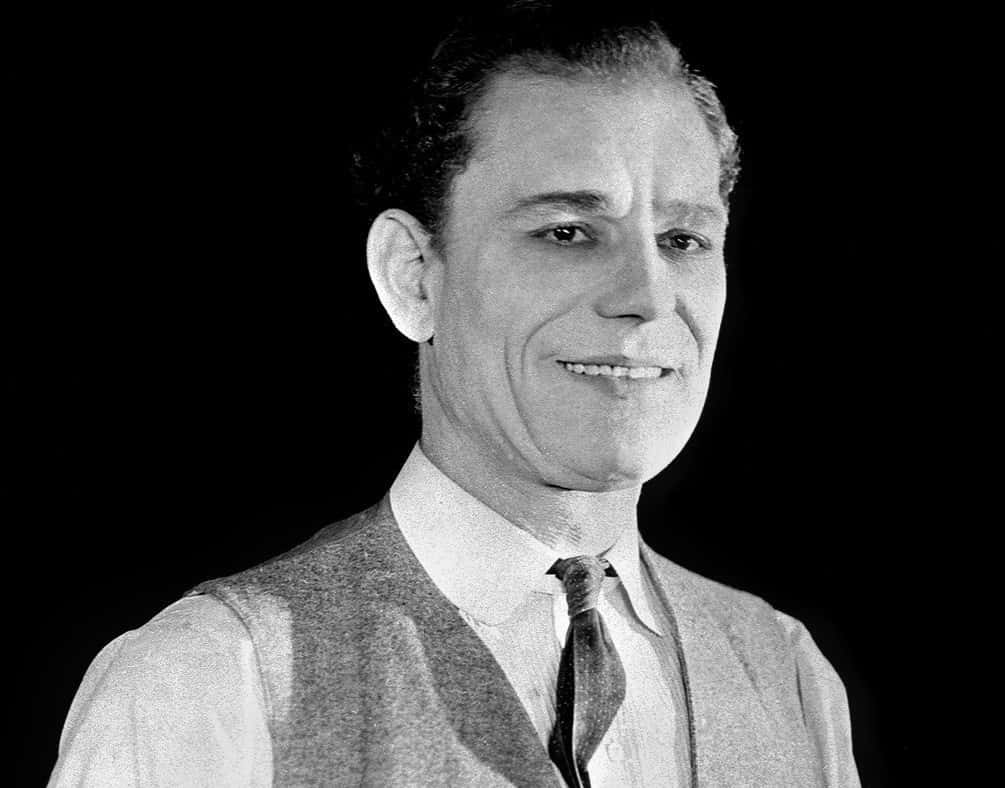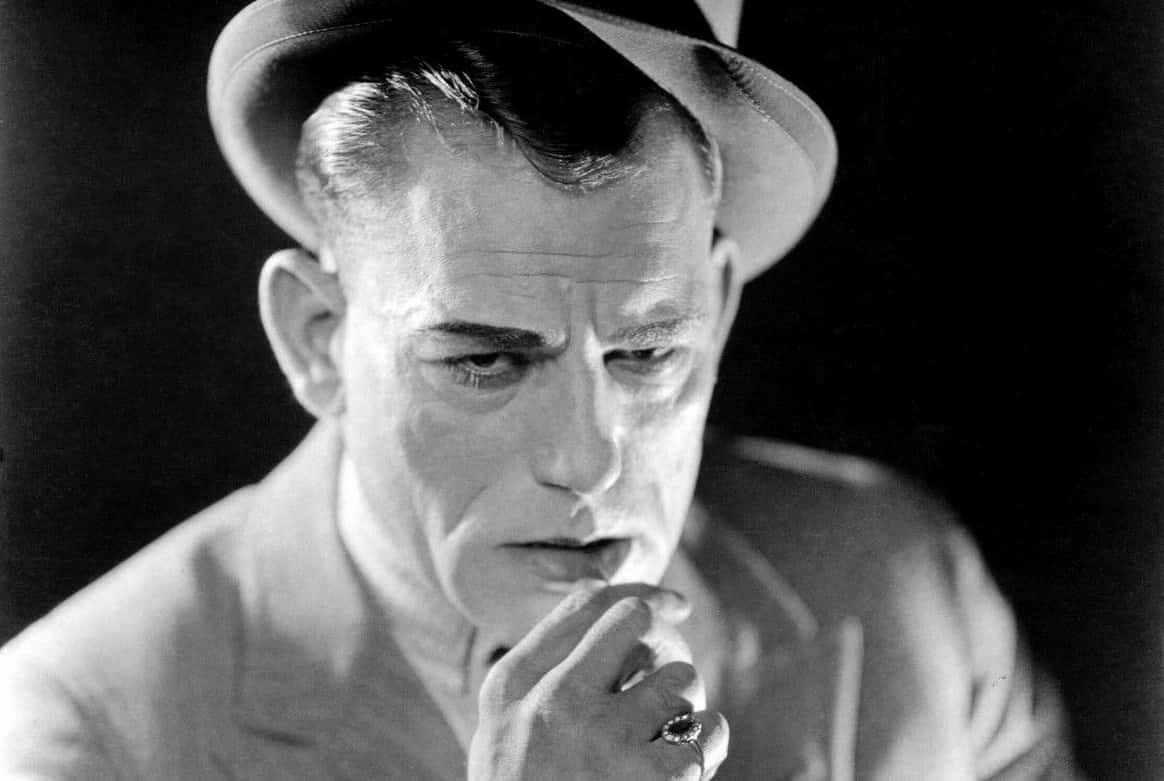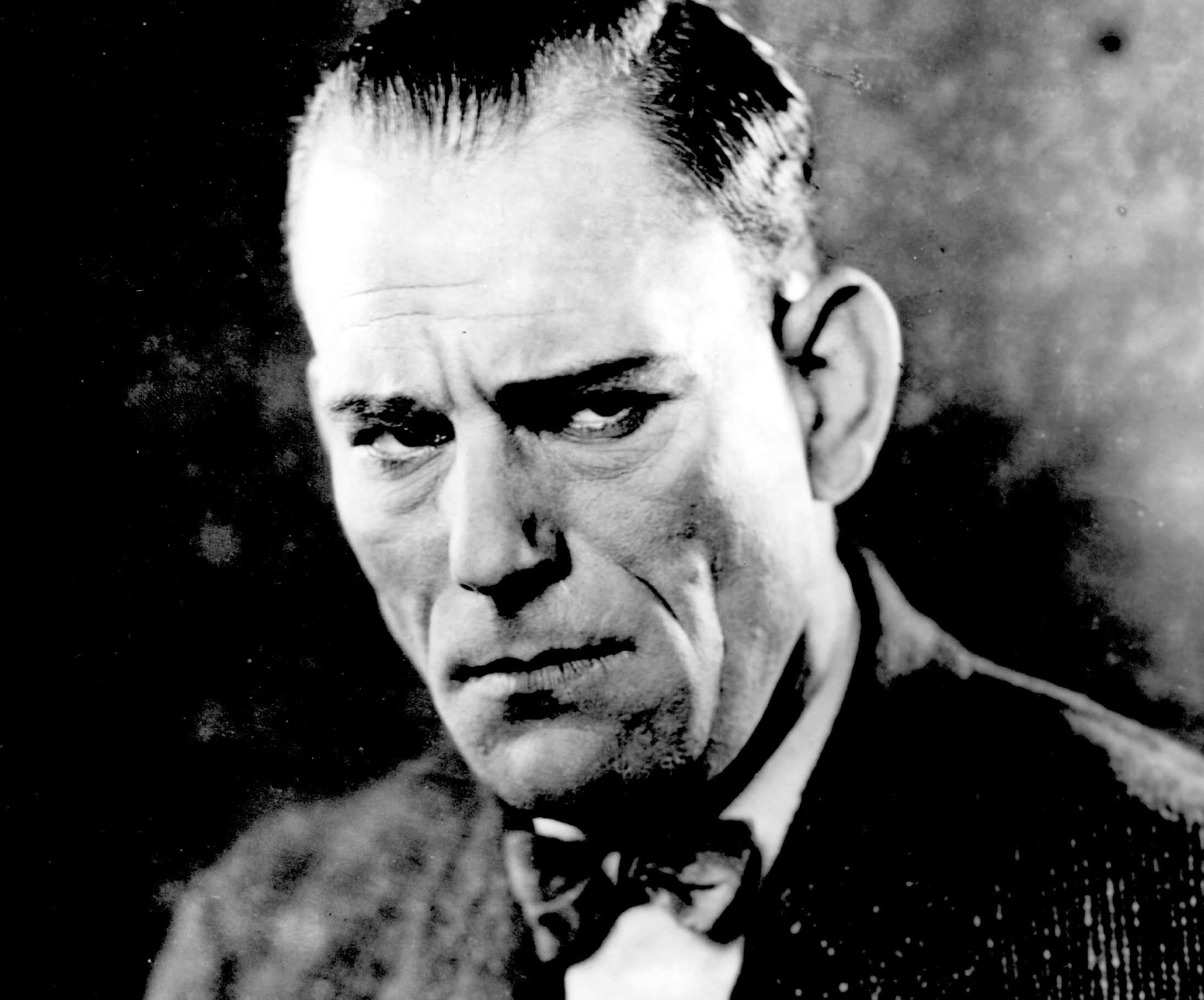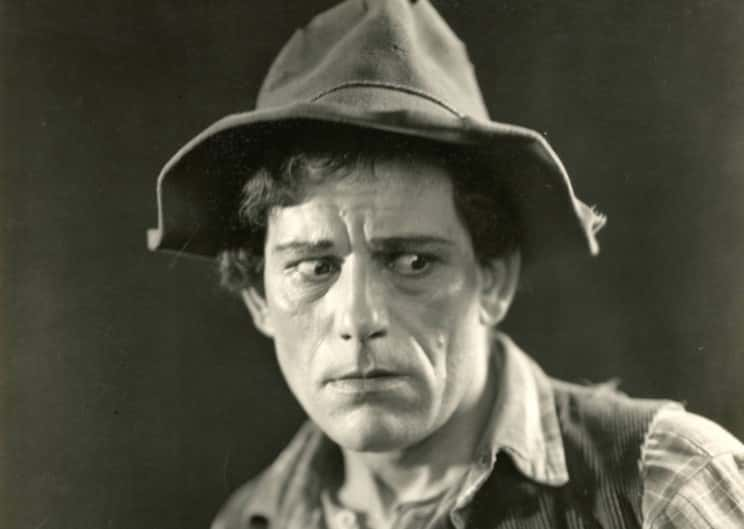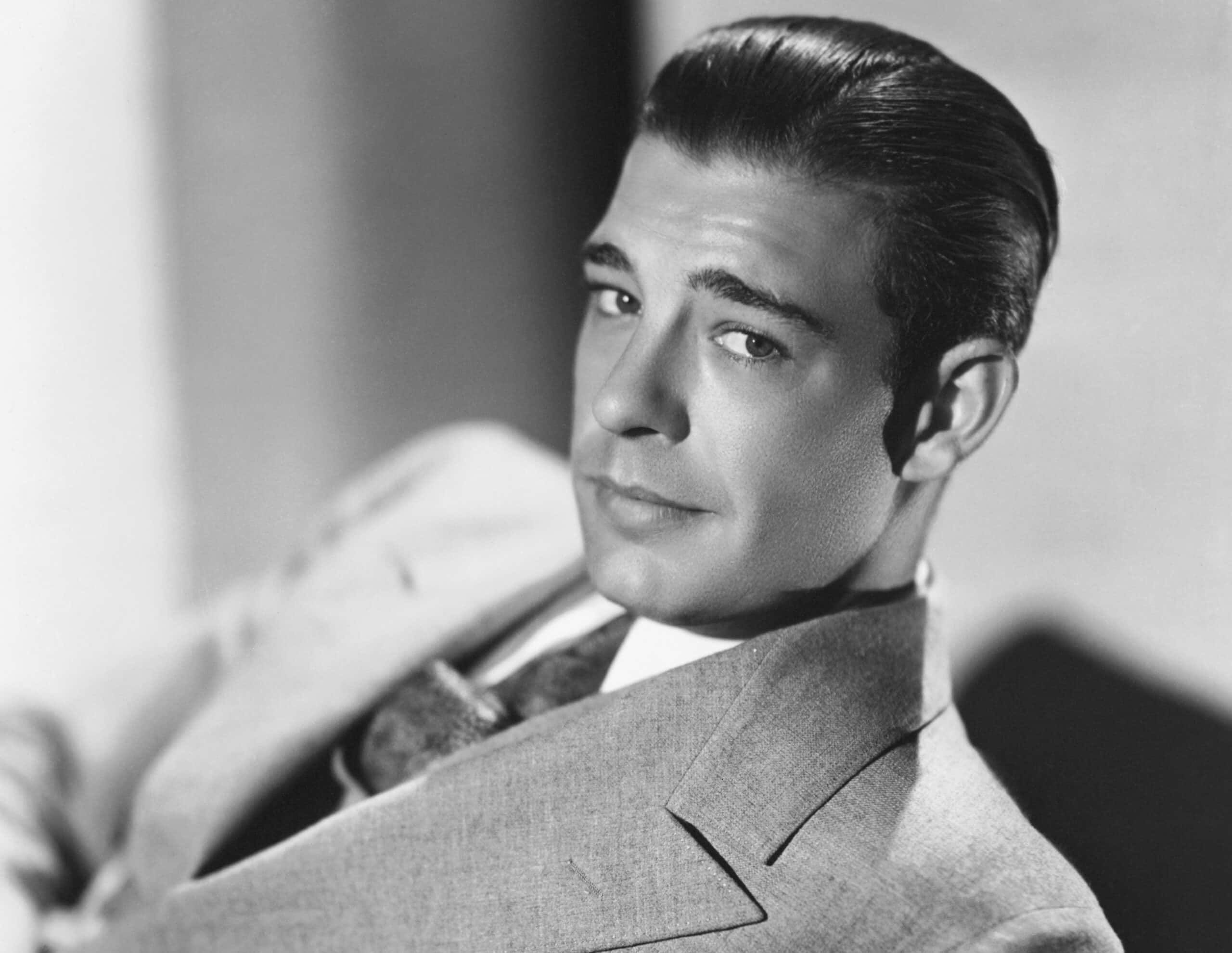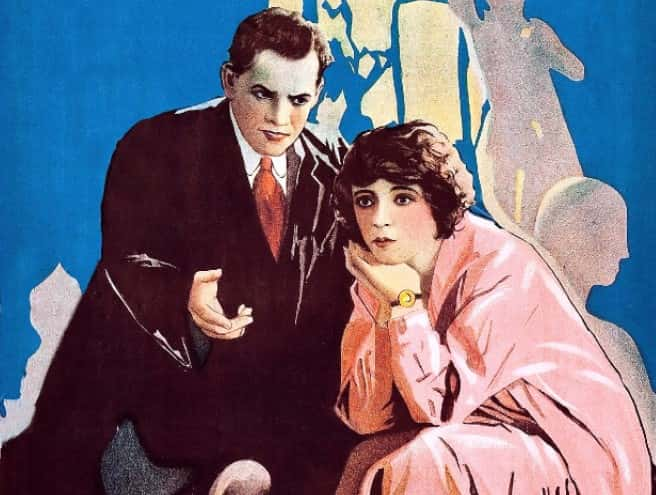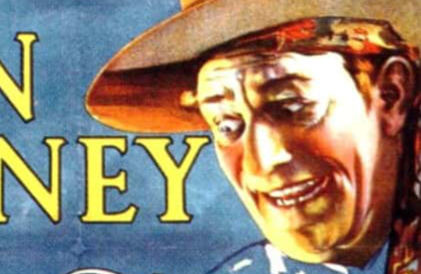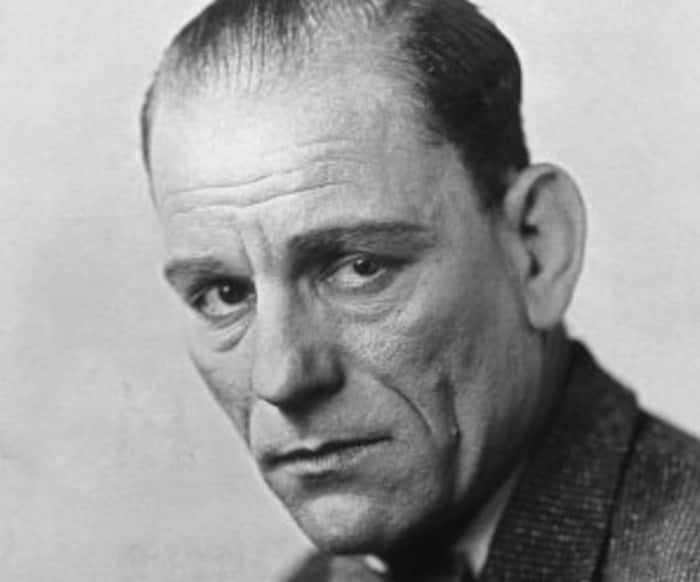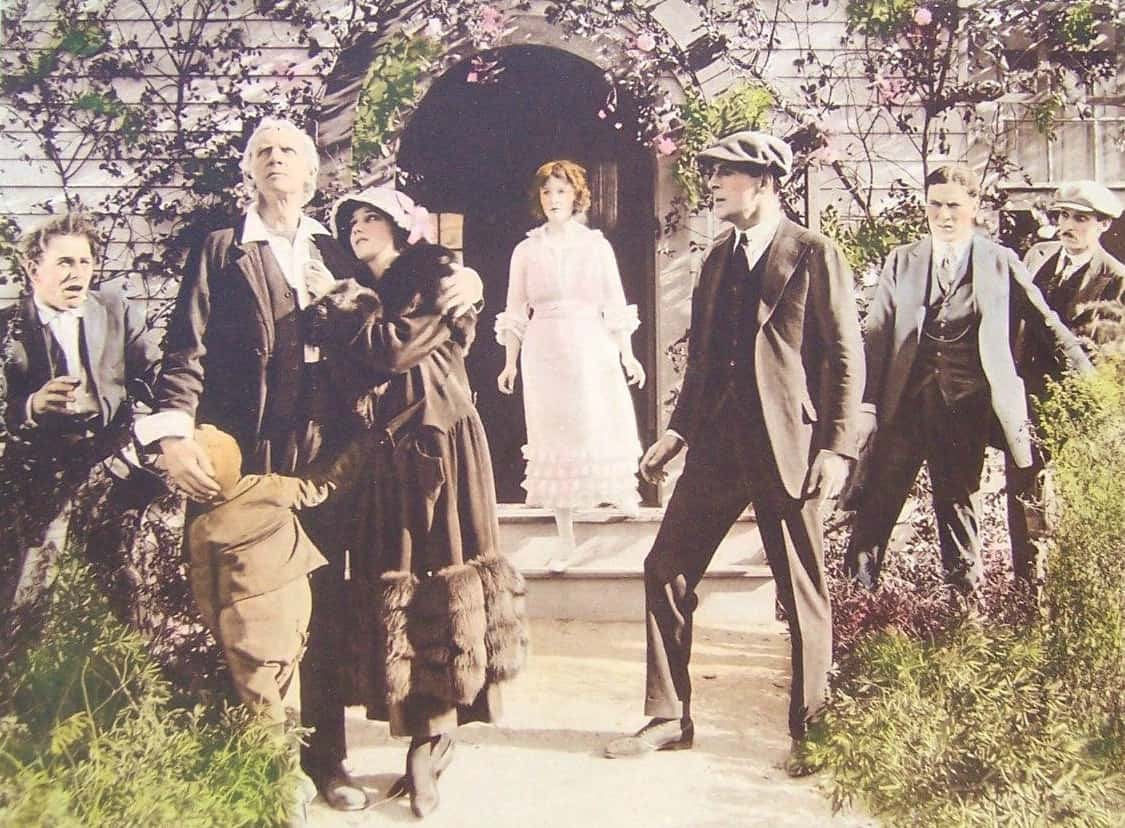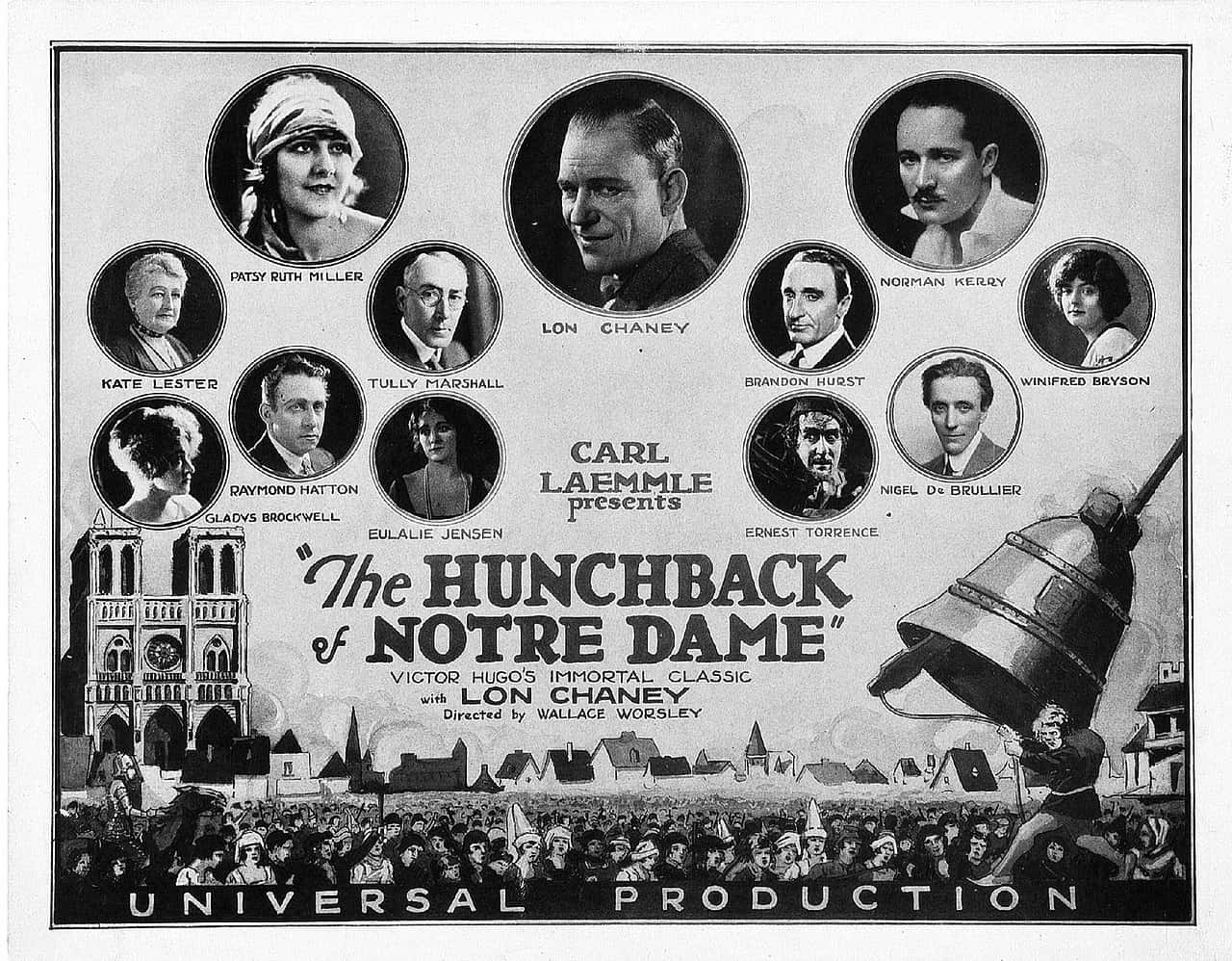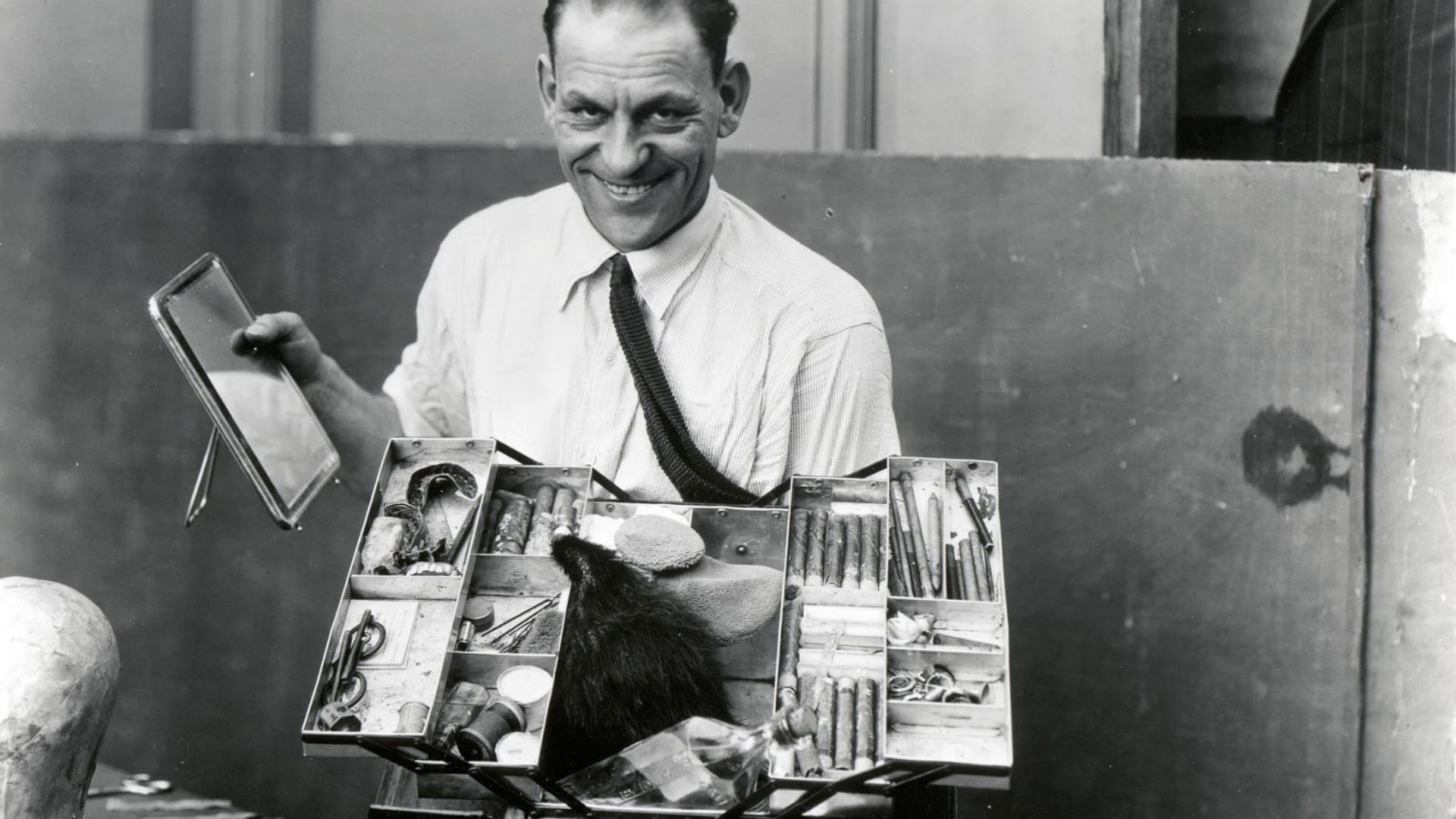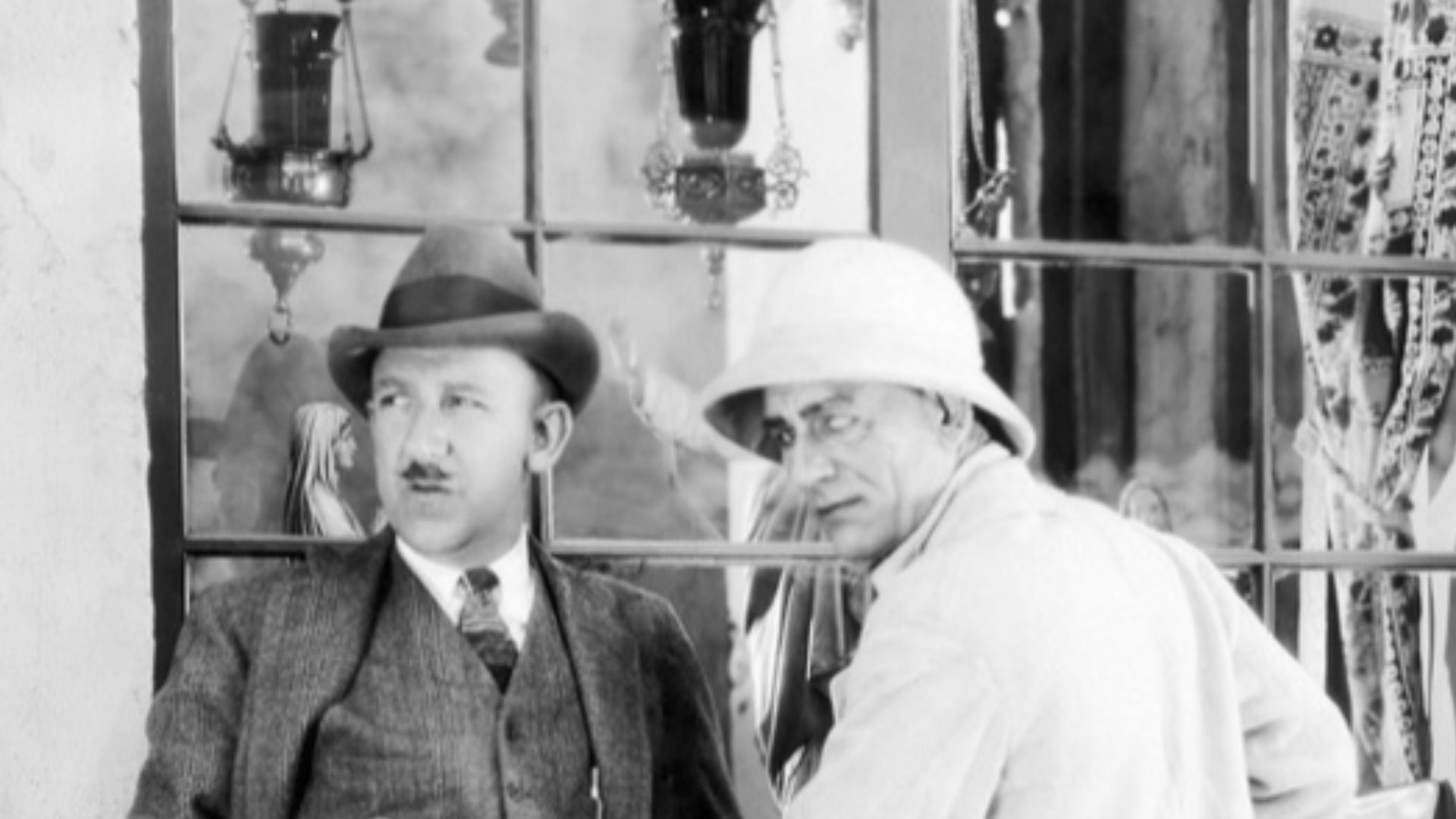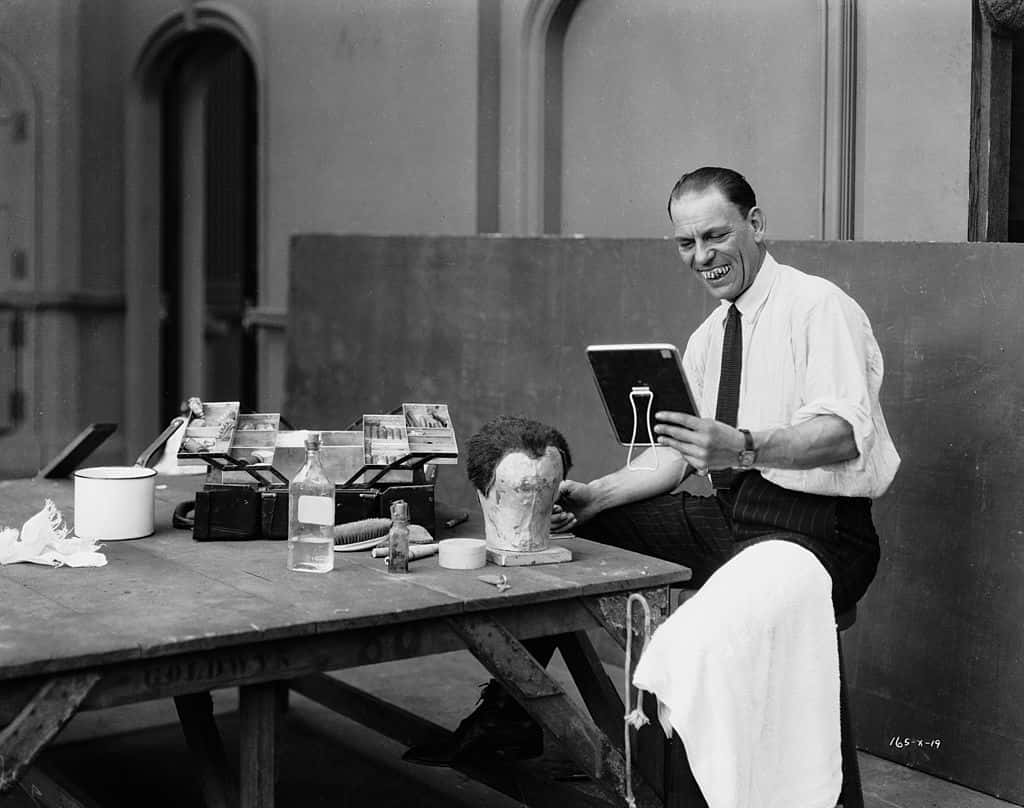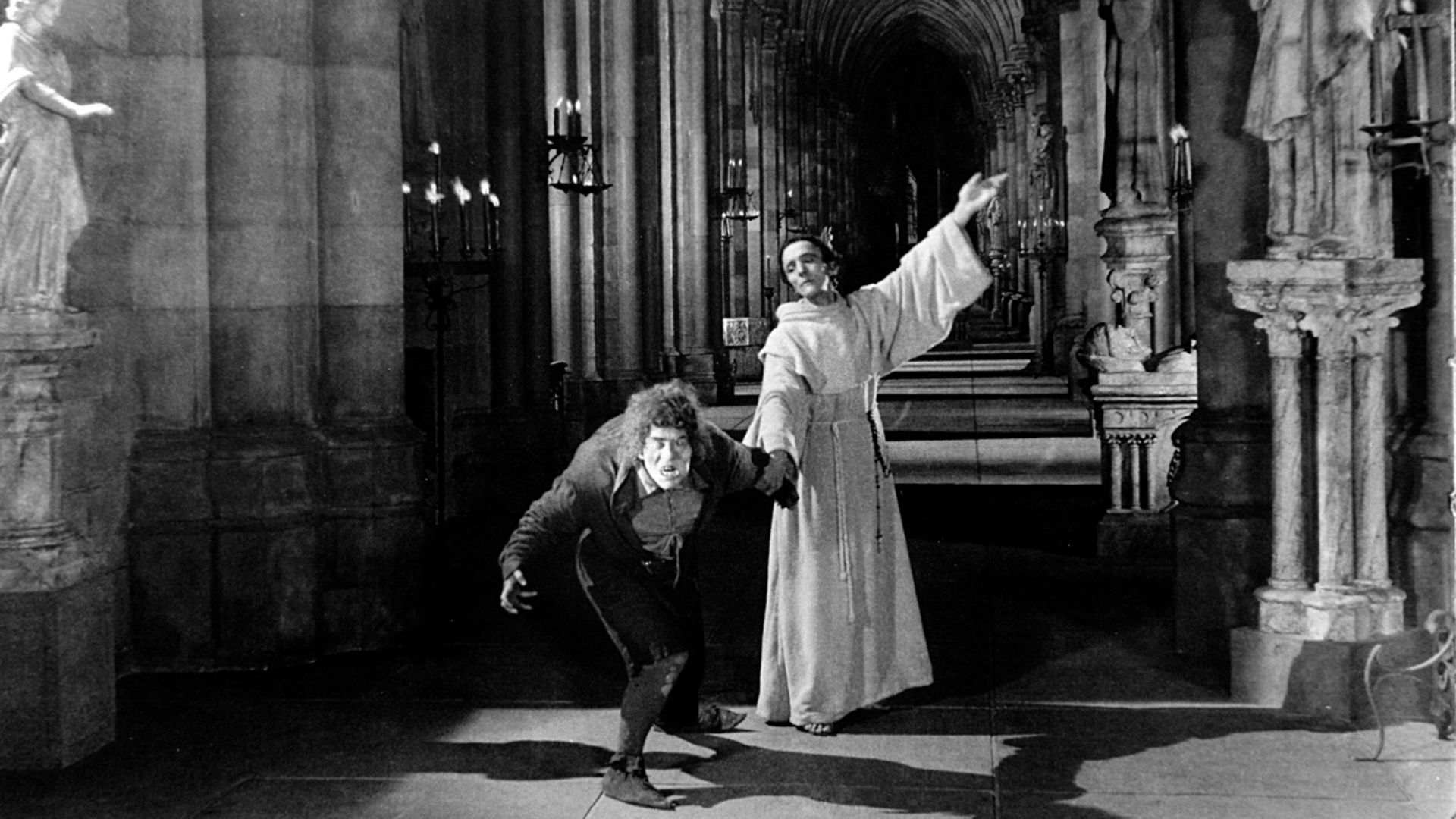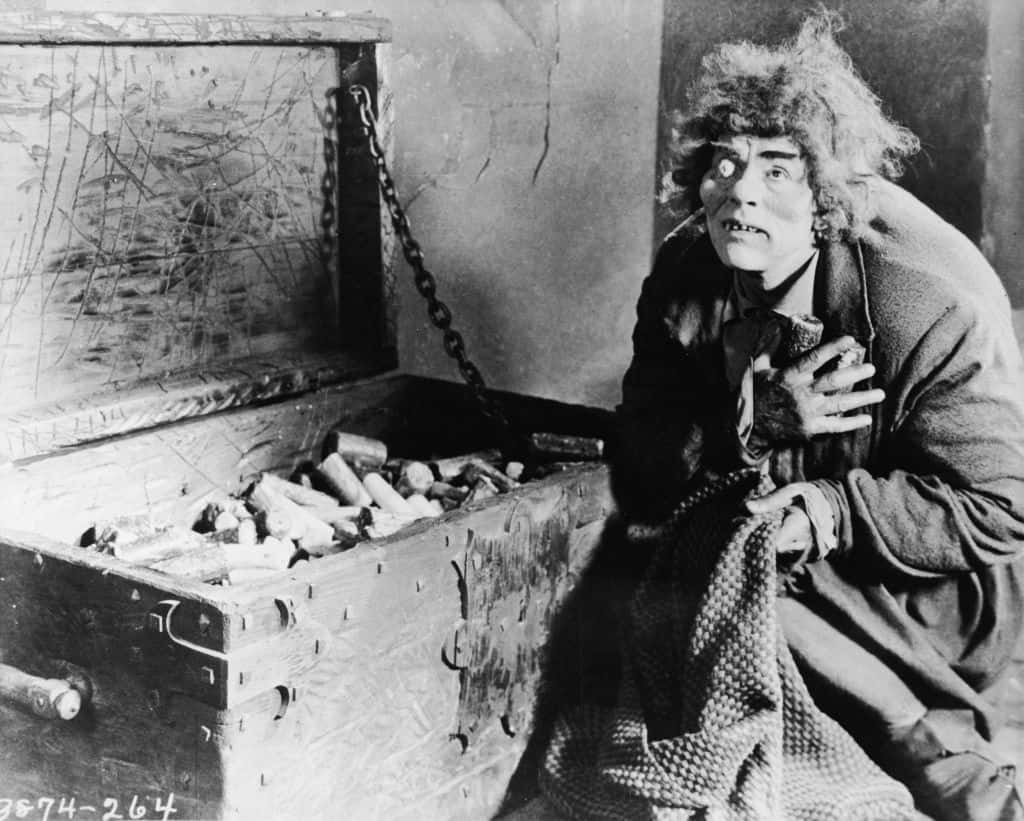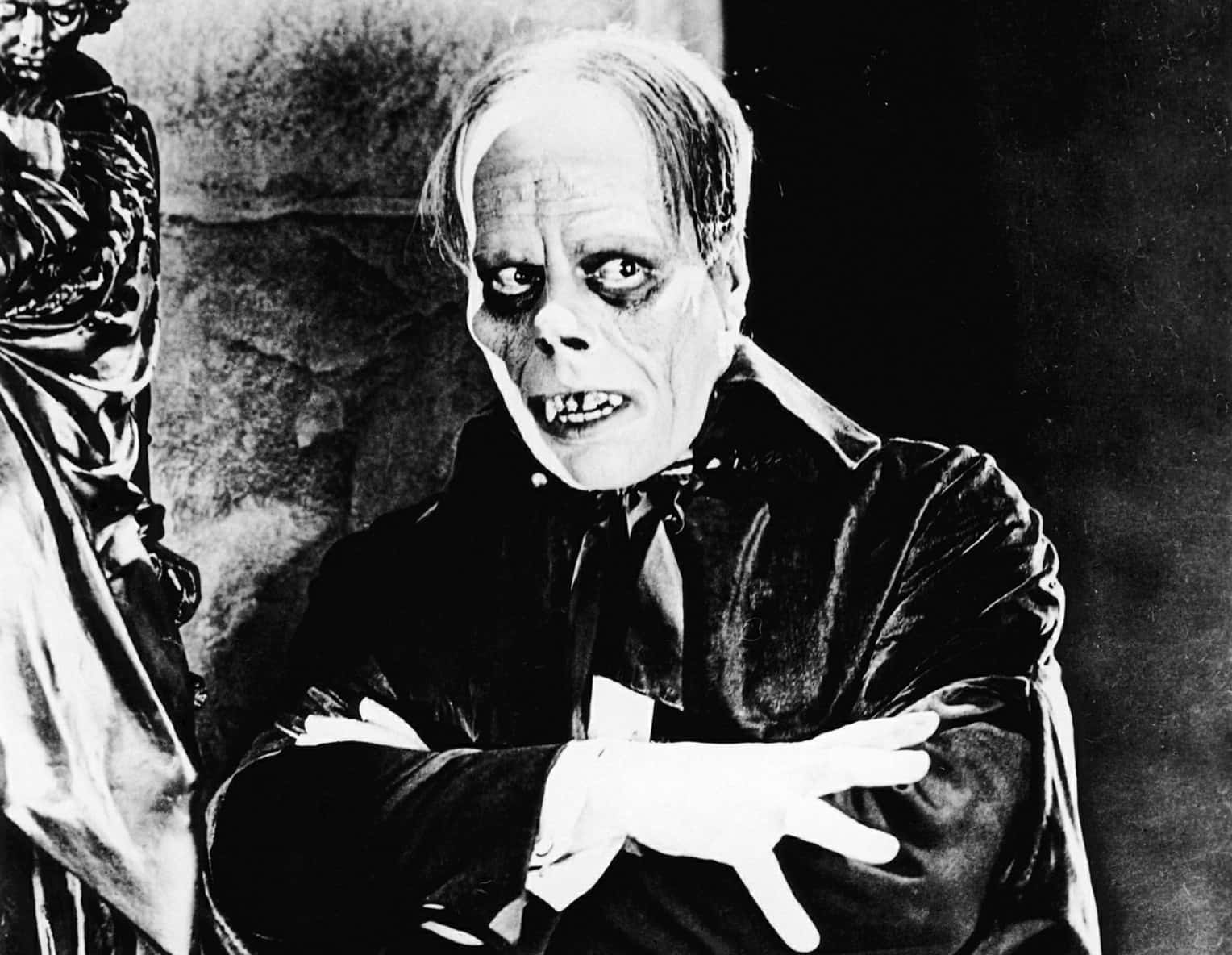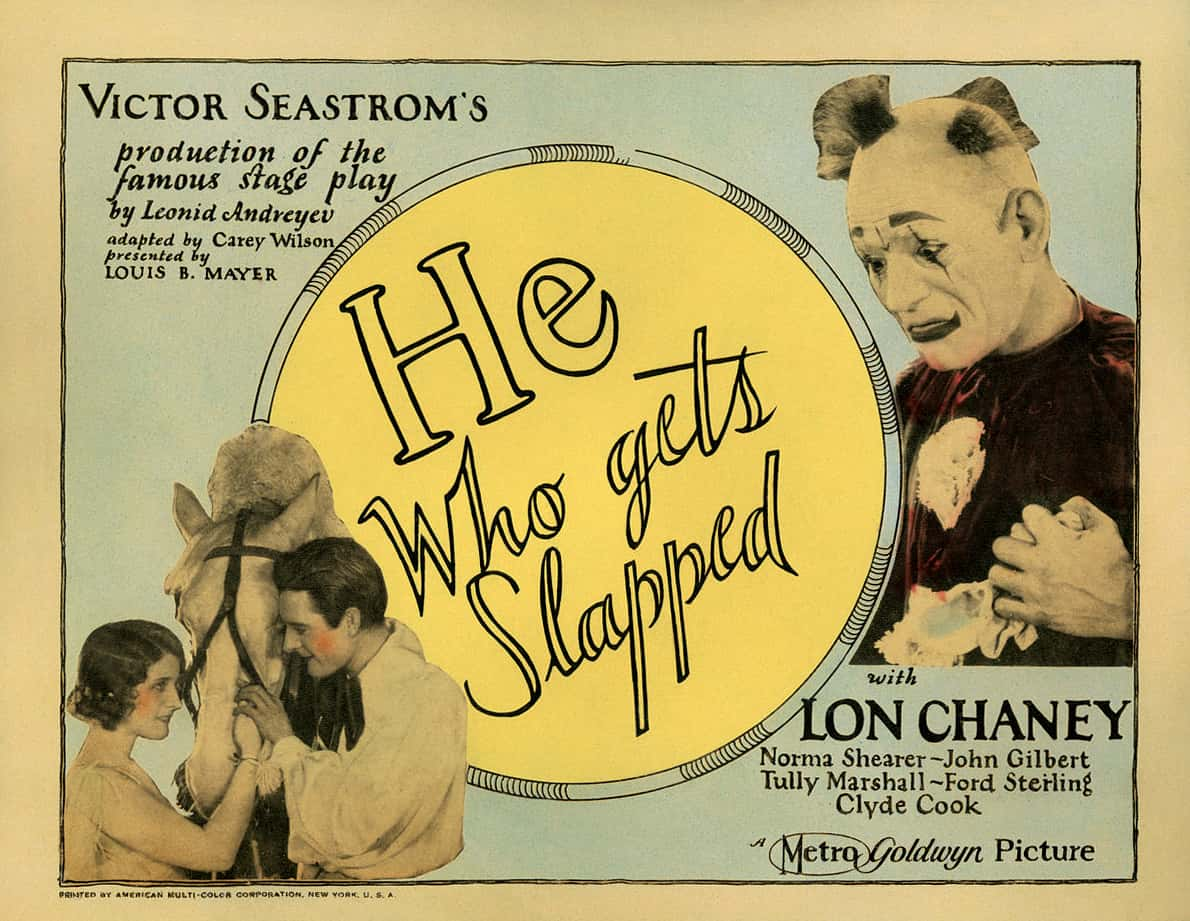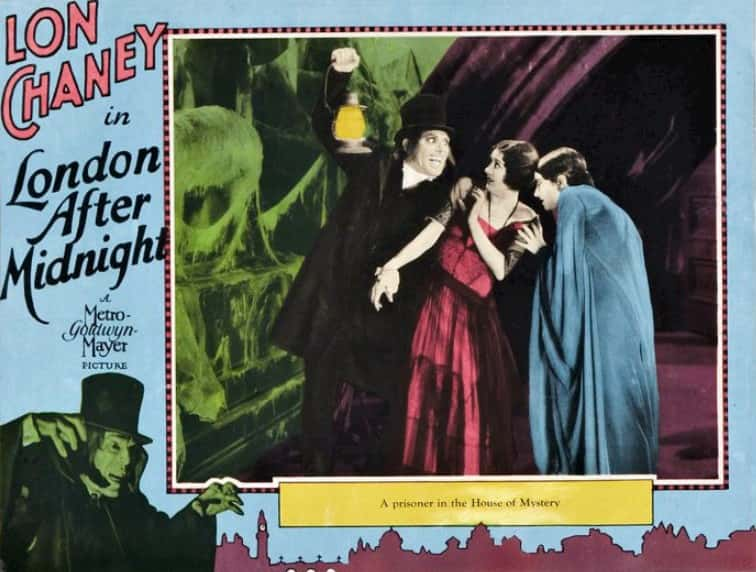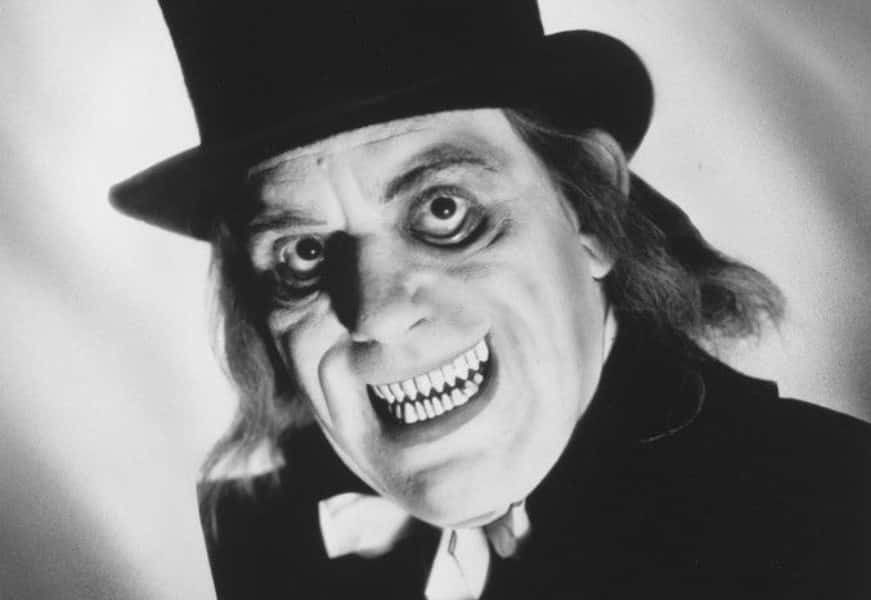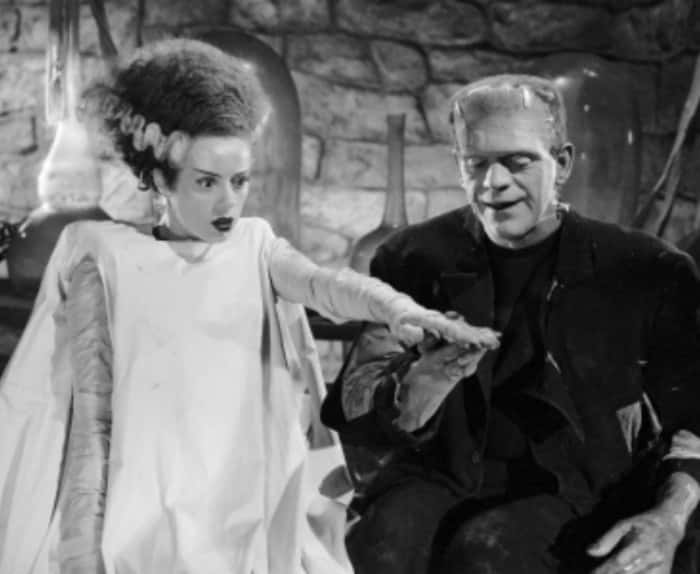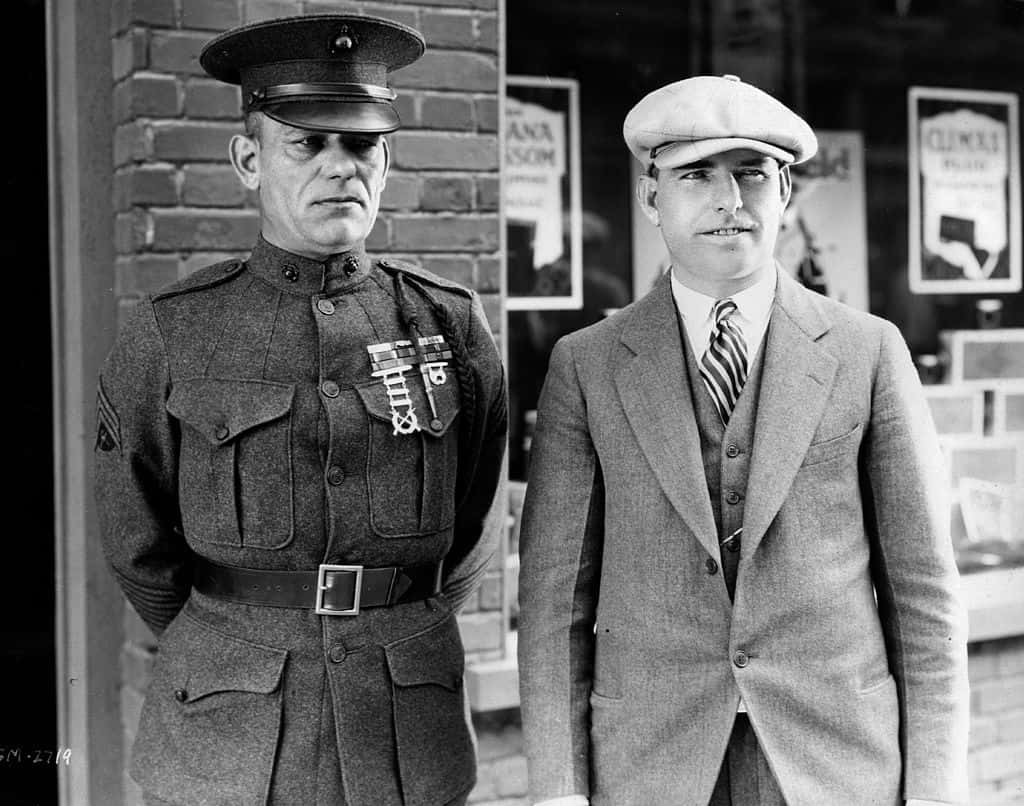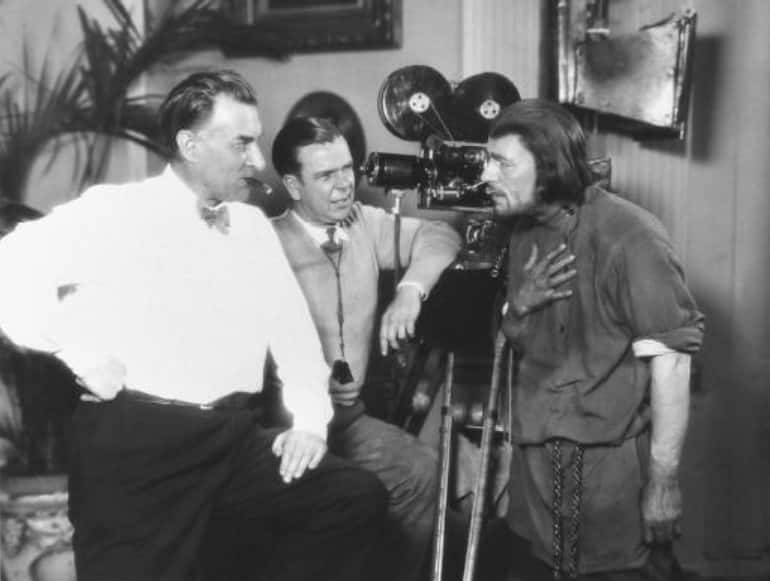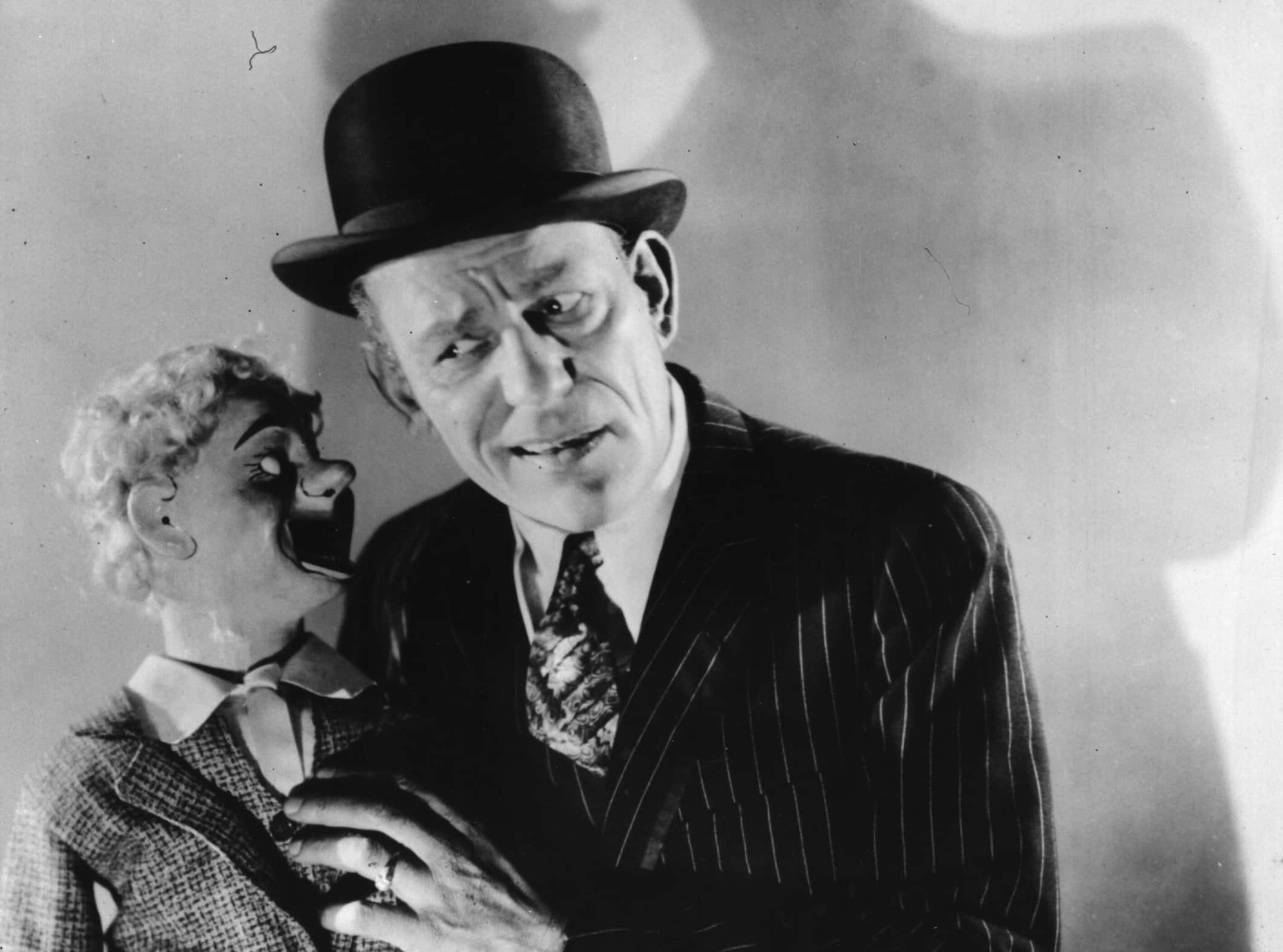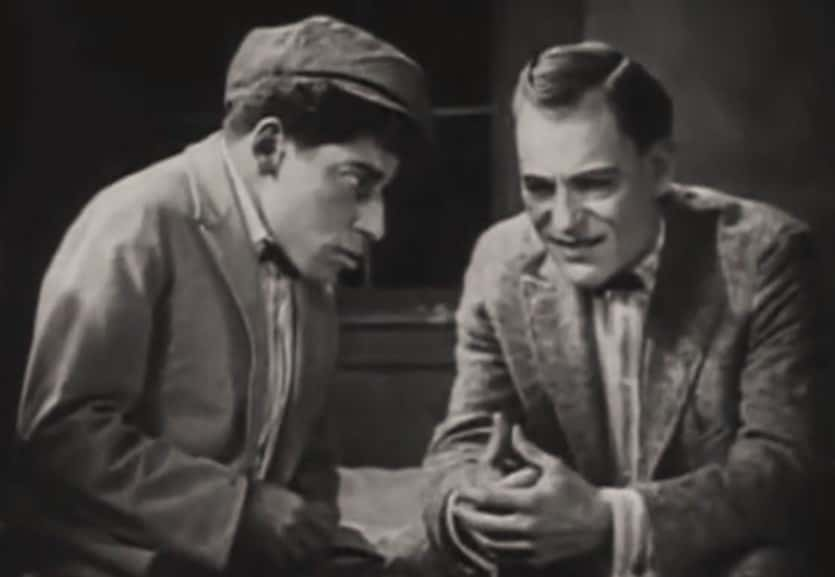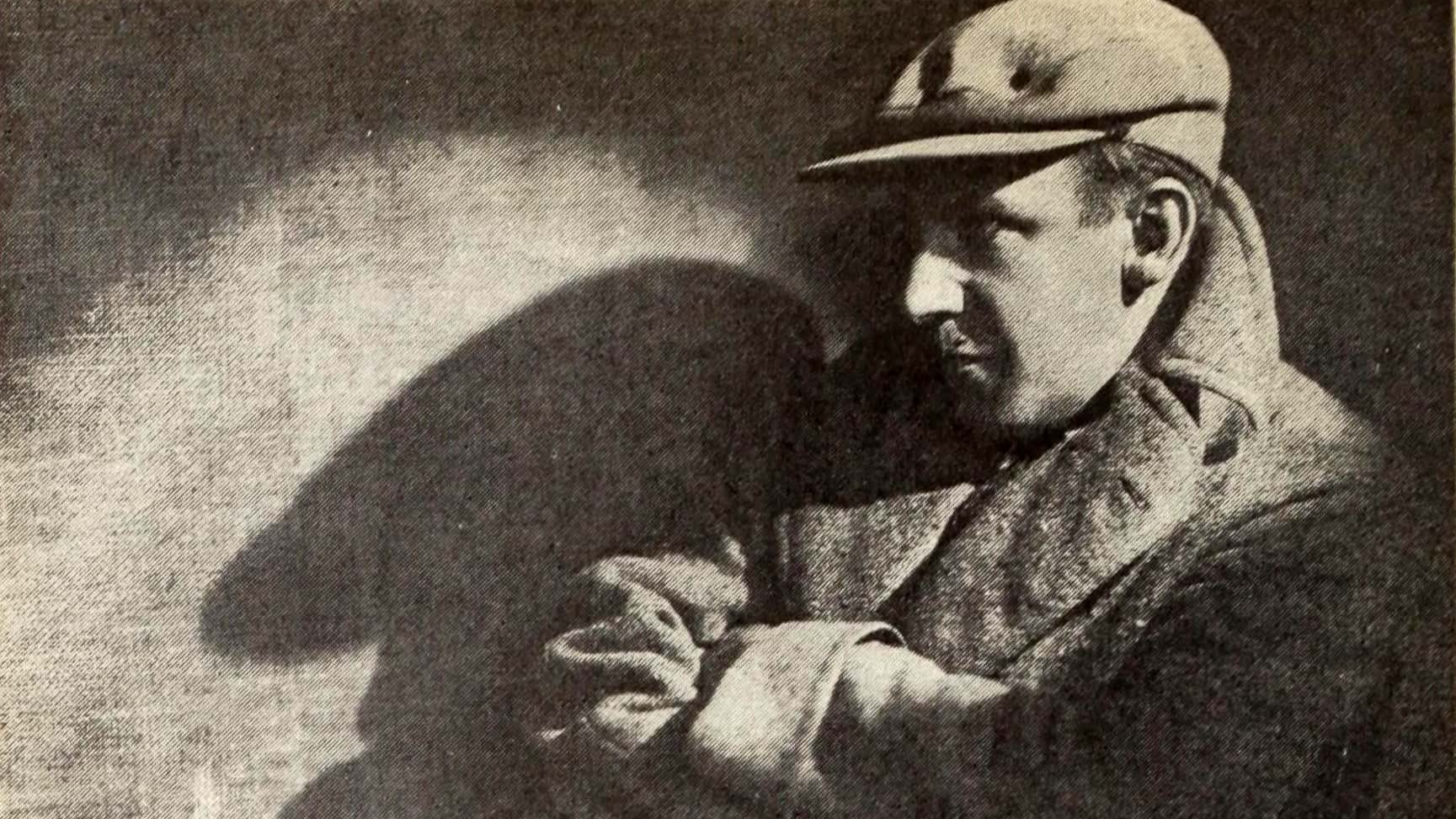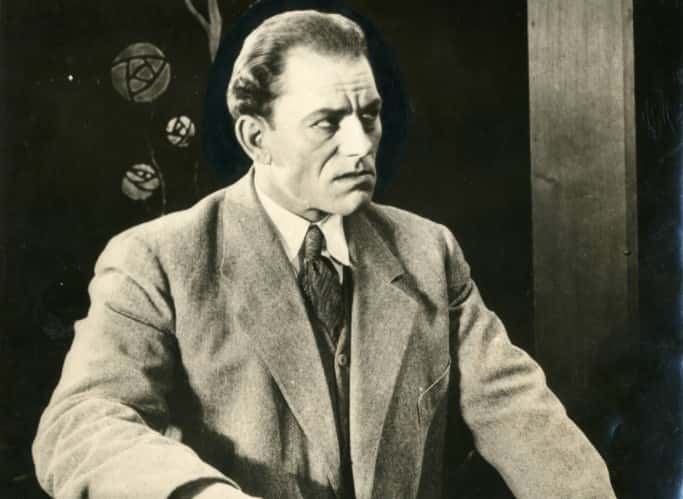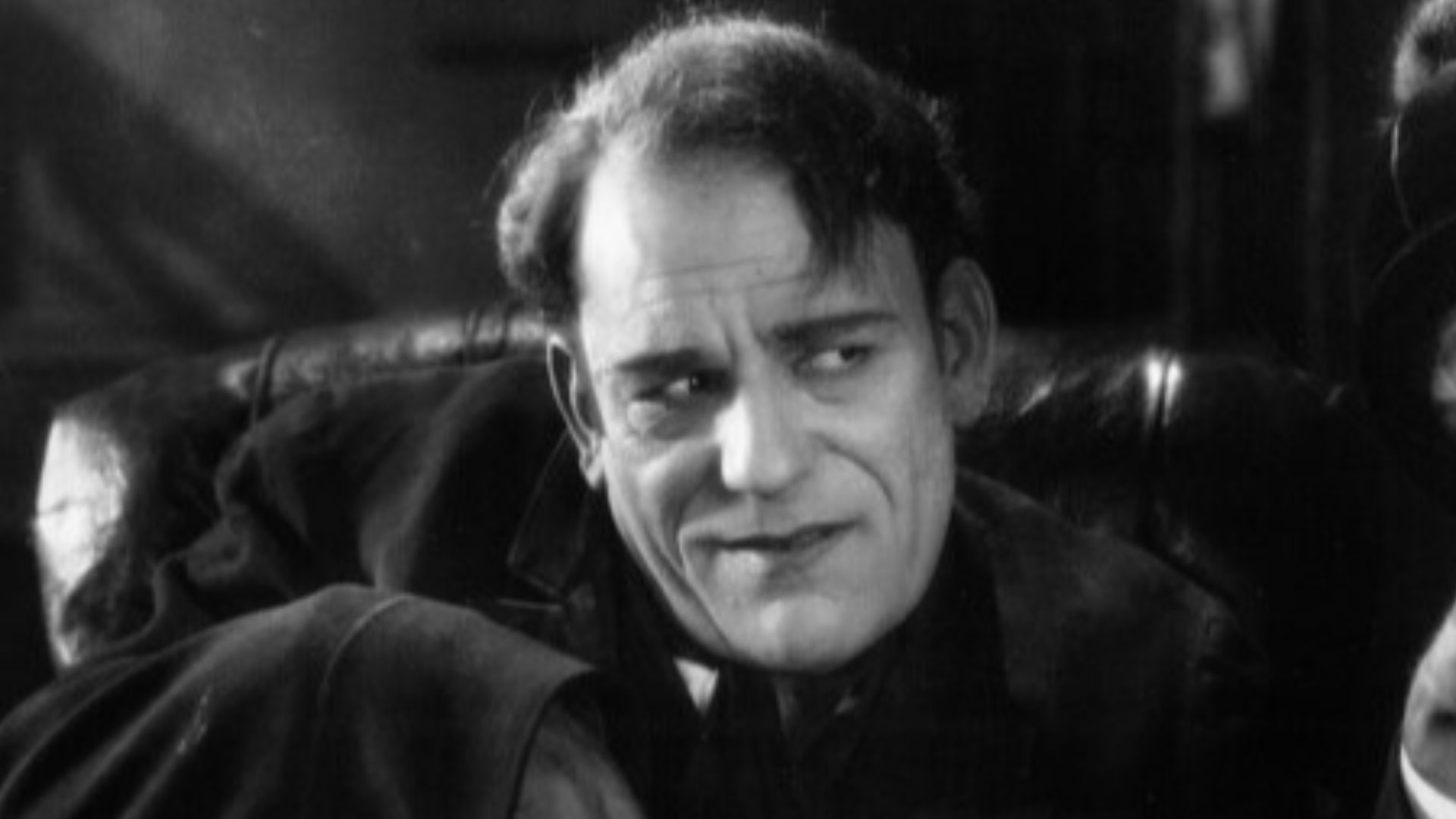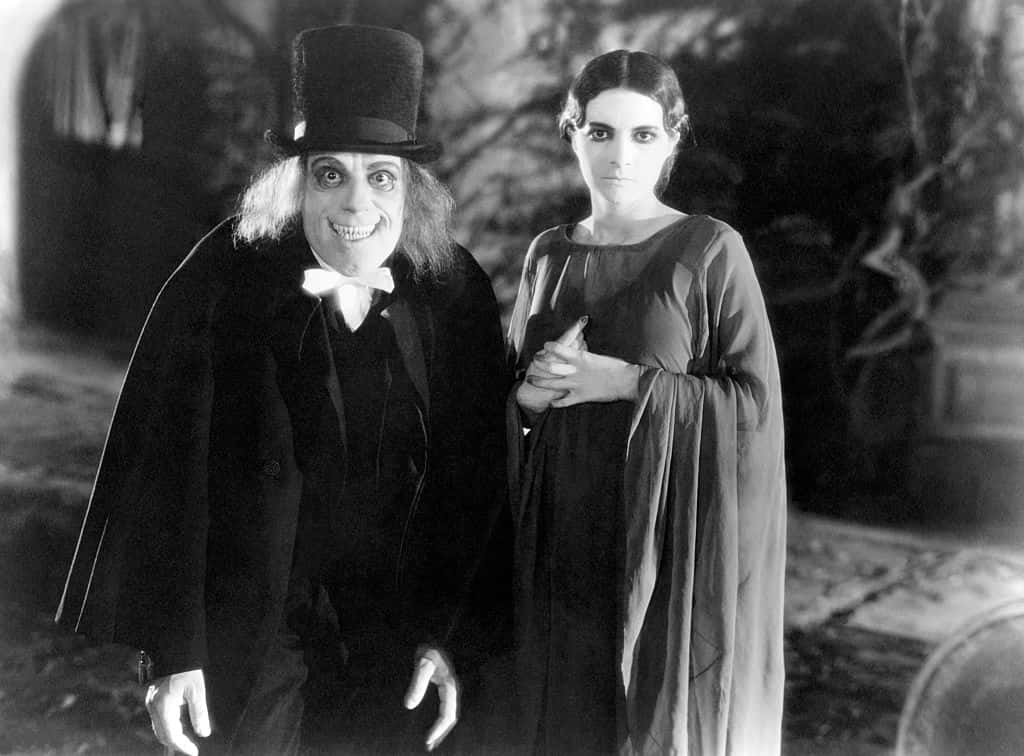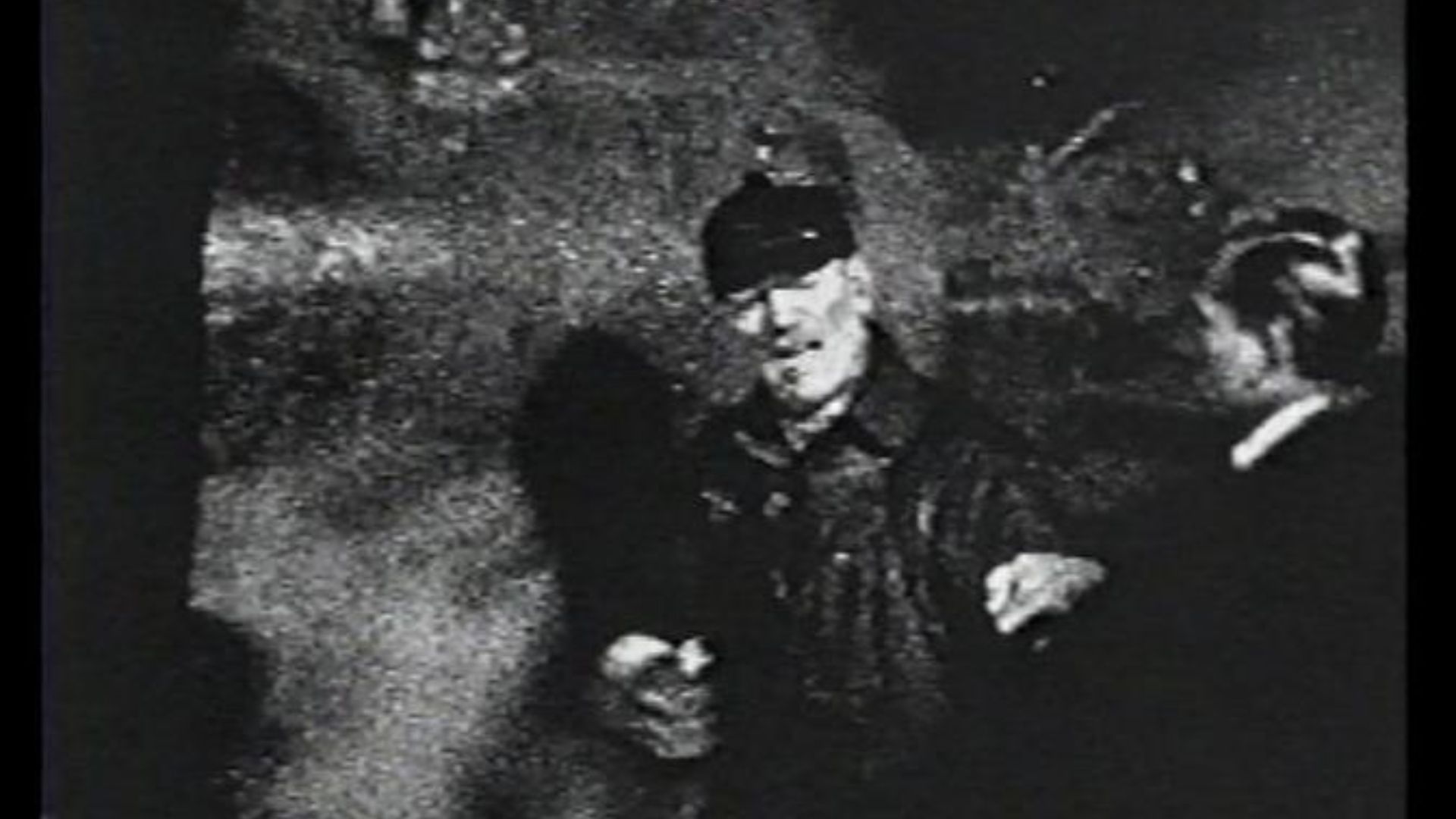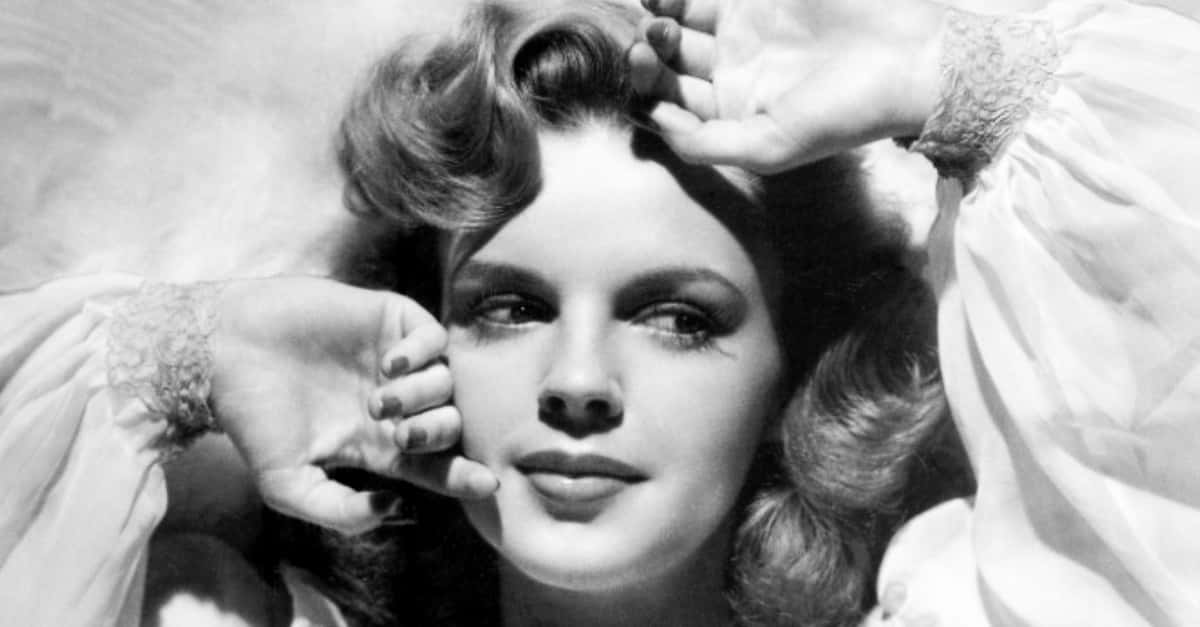He Suffered For His Art
At one point in his career, Lon Chaney was the number one character actor in America. He was also set to star in the first talkie version of a Dracula movie. So, what happened? Well, Chaney had a habit of suffering for his art, and this meant getting himself into contraptions that stretched and bent his body into terrifying characters.
Sadly, this also led to some lifelong physical agony. It was no surprise that, when he did pass, it was a movie that did it. But you’ll never guess how it happened.
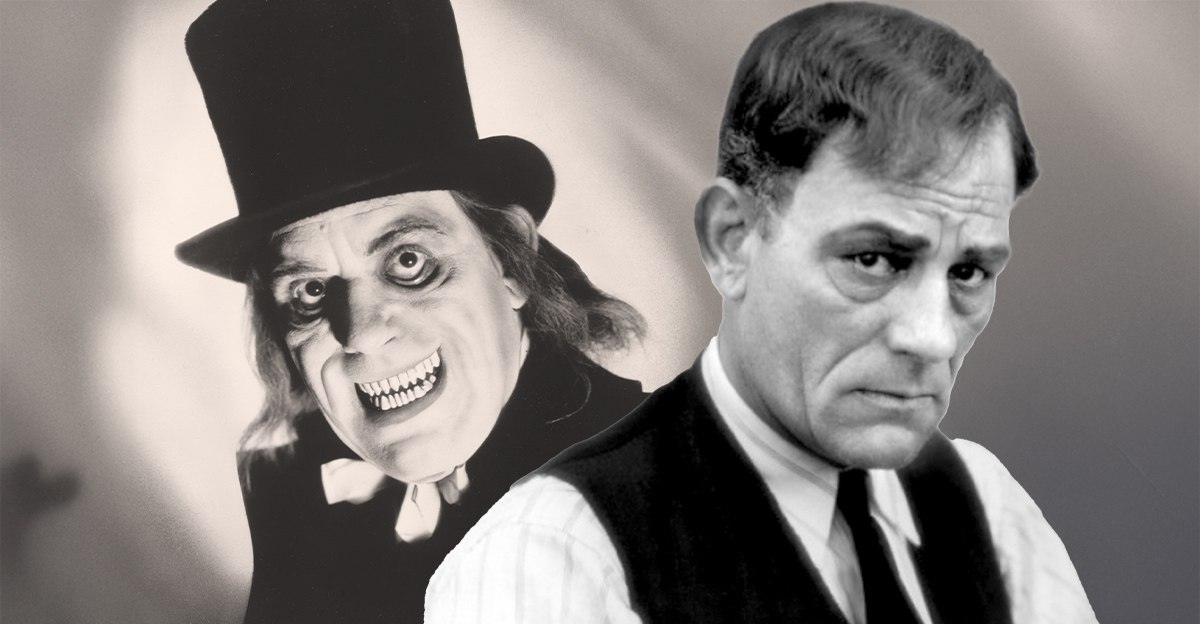
1. His Parents Had A Disability
Lon Chaney was born on April 1, 1883, and he may have thought it was an April Fool’s joke. You see, neither of his parents was able to hear his first cries. Young Chaney was a “child of deaf adults” or a CODA. As it turned out, his parents’ disability had little bearing on Chaney’s development.
Good thing, because Chaney had a strong desire to be in show business.
2. He Found A Wife
In 1902, Lon Chaney began working in a Vaudeville act. This job took him on the road, and while traveling, he met singer Cleva Creighton. Chaney was 22 and Crieghton was just 16, but they became husband and wife anyway. While traveling and performing together, they had a son, who they named Creighton Tull Chaney.
But it was not going to be one big happy family.
3. She Wanted To End It
Chaney, his wife, and his son finally settled in California. Chaney was managing a vaudeville show called “Kolb and Dill” at the Majestic Theater. On April 30, 1913, Chaney’s wife arrived at the theater and swallowed mercuric chloride. Clearly, she didn't want to live anymore.
Things looked bad for Cleva Chaney.
4. He Was Humiliated
Creighton did survive, but her voice did not. Her singing career was over, and so was the marriage. It ended up being a huge scandal, and the humiliation he felt led Chaney to leave the theater world. With no other skills, Chaney turned to the movies.
To break in, he needed a guardian angel. He actually found two.
 The Unknown (1927), Metro-Goldwyn-Mayer
The Unknown (1927), Metro-Goldwyn-Mayer
5. He Met A Power Couple
Lon Chaney was just getting bit parts with Universal Studios when he met Joe De Grasse and Ida May Park. This was a power couple involved in making films, and they saw something in Chaney. Slowly, his roles got bigger and bigger, and Joe and Ida noticed something. Chaney really excelled in the more macabre roles.
Chaney’s career was humming along, but he had a profound feeling of loss.
6. He Got It Back Together
When Chaney and his wife divorced, Chaney reluctantly agreed to send their son, Creighton, to boarding school. In 1915, Chaney married a woman he’d worked with at the Majestic Theater, and they petitioned to get custody of his son. With his new wife, Hazel, and his son near him, Chaney was a happy man.
But there was one thing he didn’t want his son to know.
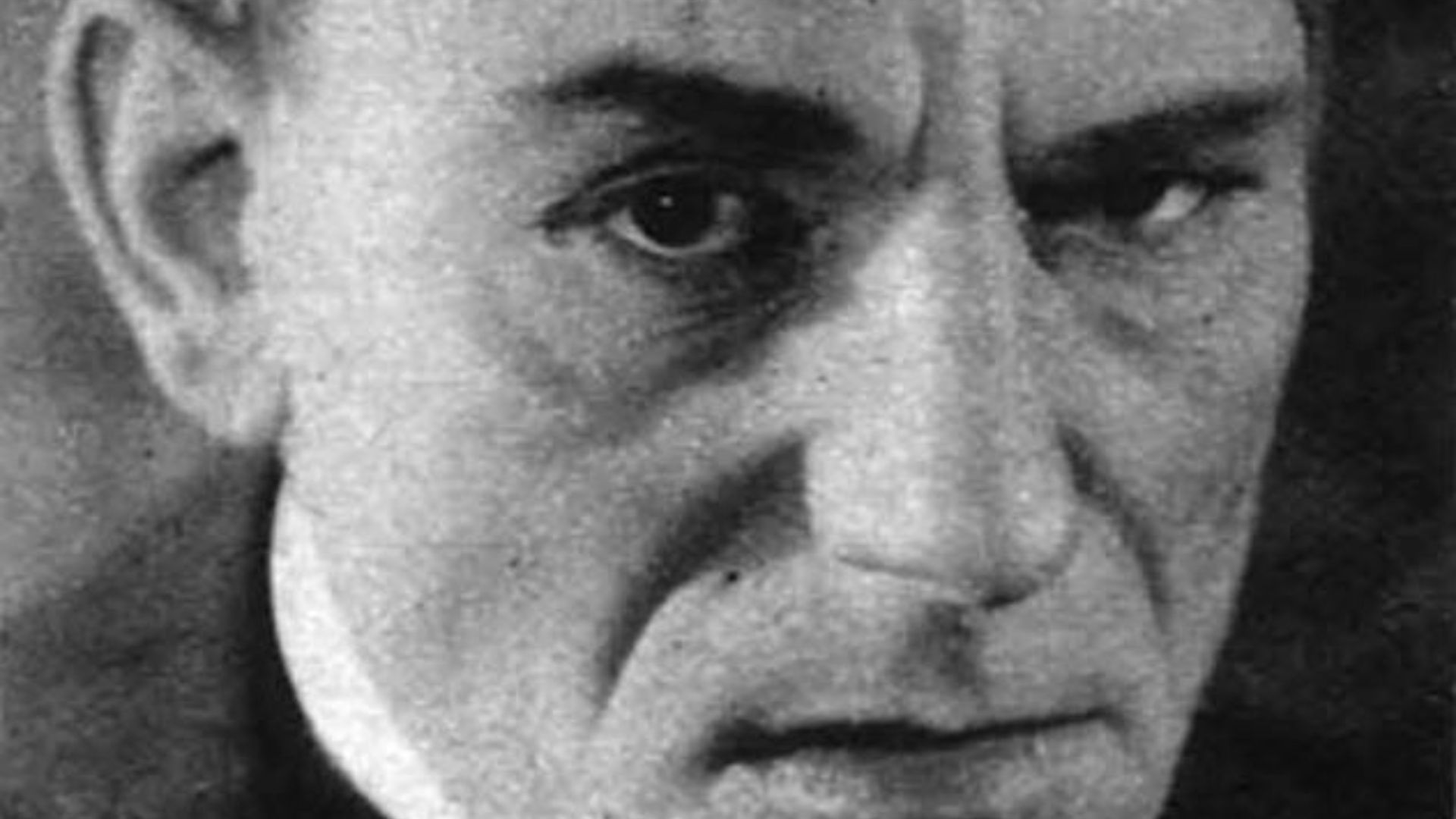 Unknown photographer, Wikimedia Commons
Unknown photographer, Wikimedia Commons
7. He Hid The Truth
Chaney's son Creighton, was just ten years old when Chaney brought him from his various boarding schools. For some reason, Chaney thought that the best idea would be to tell his son that his mother had passed. Maybe he thought the truth—that she had tried to end her own life—would upset his son too much.
But this kind of secret is really hard to keep.
 Mondadori Portfoli, Getty Images
Mondadori Portfoli, Getty Images
8. He Found Out The Truth
Creighton would later change his name to Lon Chaney Jr and start his own career in films. Like his father, he made horror films but also acted in other genres. For most of his life, he had no idea that his mother was still alive. His father had cruelly kept that a secret. When his father passed, Chaney Jr found out the truth.
It may have been cruel, but Chaney always put his family first.

History's most fascinating stories and darkest secrets, delivered to your inbox daily.
9. He Took A Walk
Lon Chaney had a family to feed, and he noticed that his salary was not quite what it should have been. When he asked the studio for a raise, they told him that he’d “never be worth more than one hundred bucks a week”. Chaney didn't like the sound of that and bravely walked away from the studio.
It was a courageous move and maybe a lethal one.
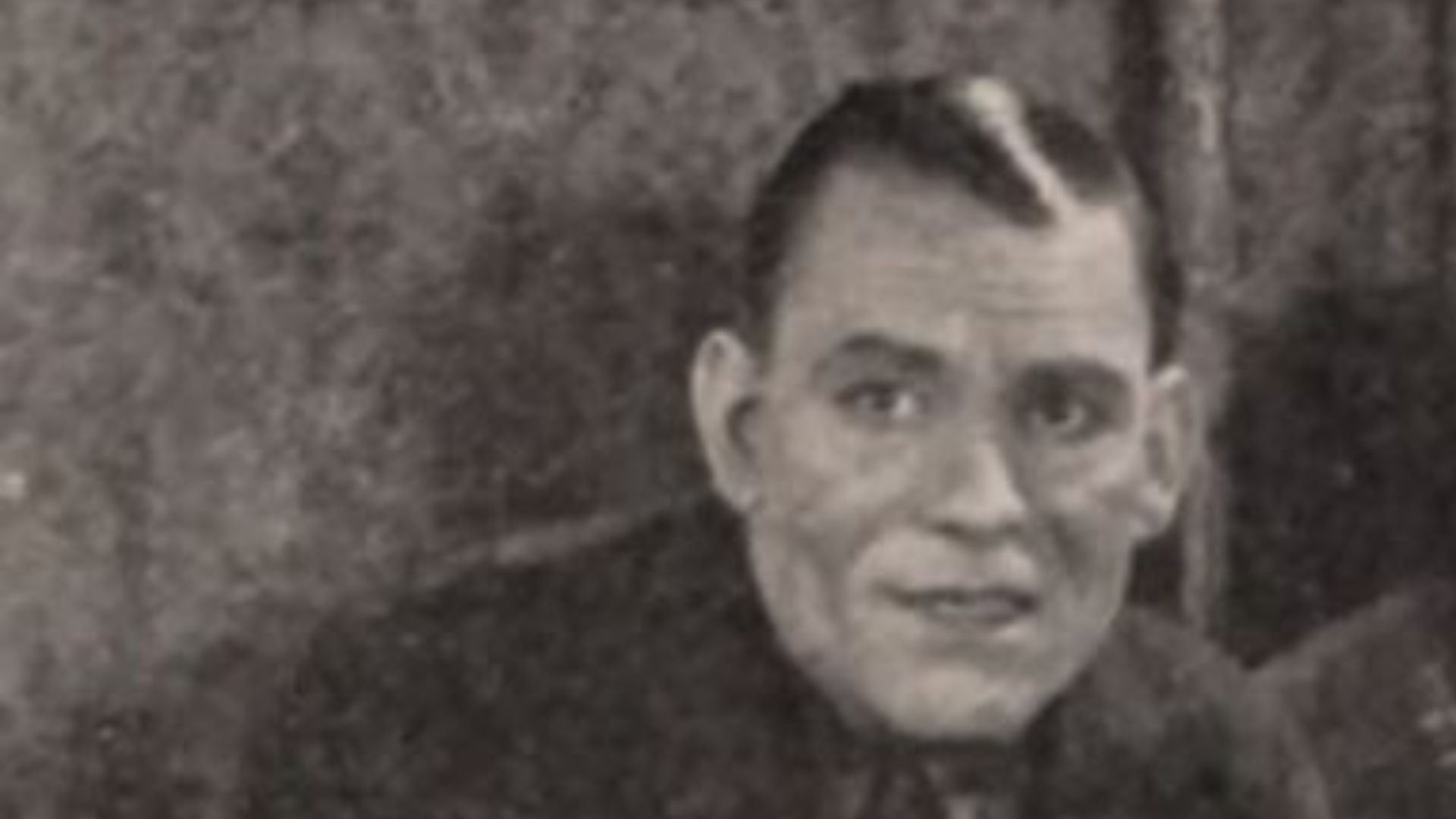 Hope Hampton Productions / Vitagraph Company of America, Wikimedia Commons
Hope Hampton Productions / Vitagraph Company of America, Wikimedia Commons
10. He Struggled
With Universal Studios in his rearview mirror, Chaney struggled to find work. He played mostly small character roles that likely paid less than he’d been making with the studio. In 1918, he snagged the villain role in the silent western Riddle Gawne. This was his big chance to show Universal what they had given up.
He simply had to succeed.
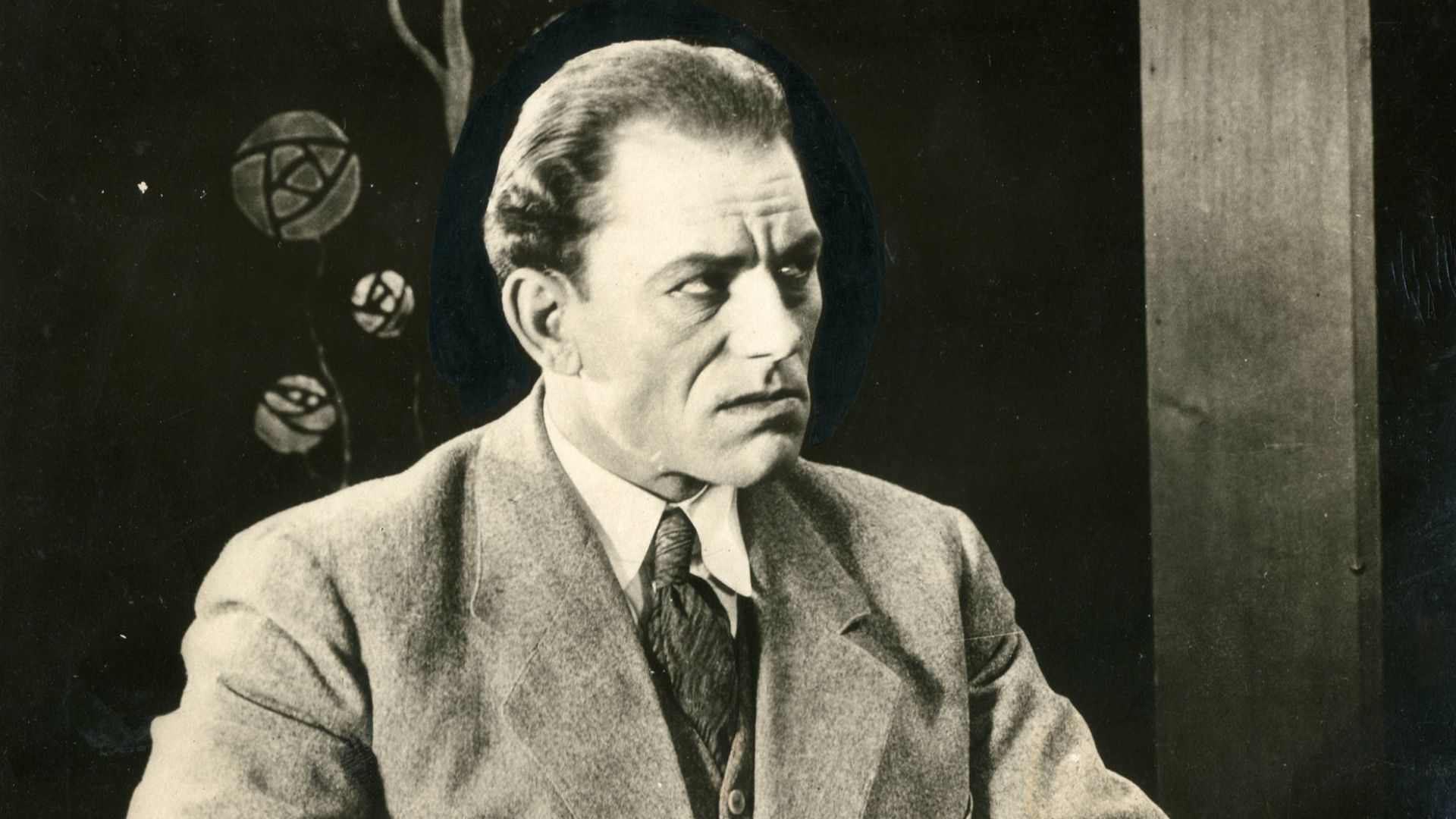 Unknown authorUnknown author, Wikimedia Commons
Unknown authorUnknown author, Wikimedia Commons
11. His Career Soared
Not only did Chaney’s performance in Riddle Gawne get him the raise he wanted, but it also gave him the attention he so desperately needed. Not to mention that it was a slap in the face of Universal for letting him go so easily. Universal came crawling back, and Chaney’s career soared.
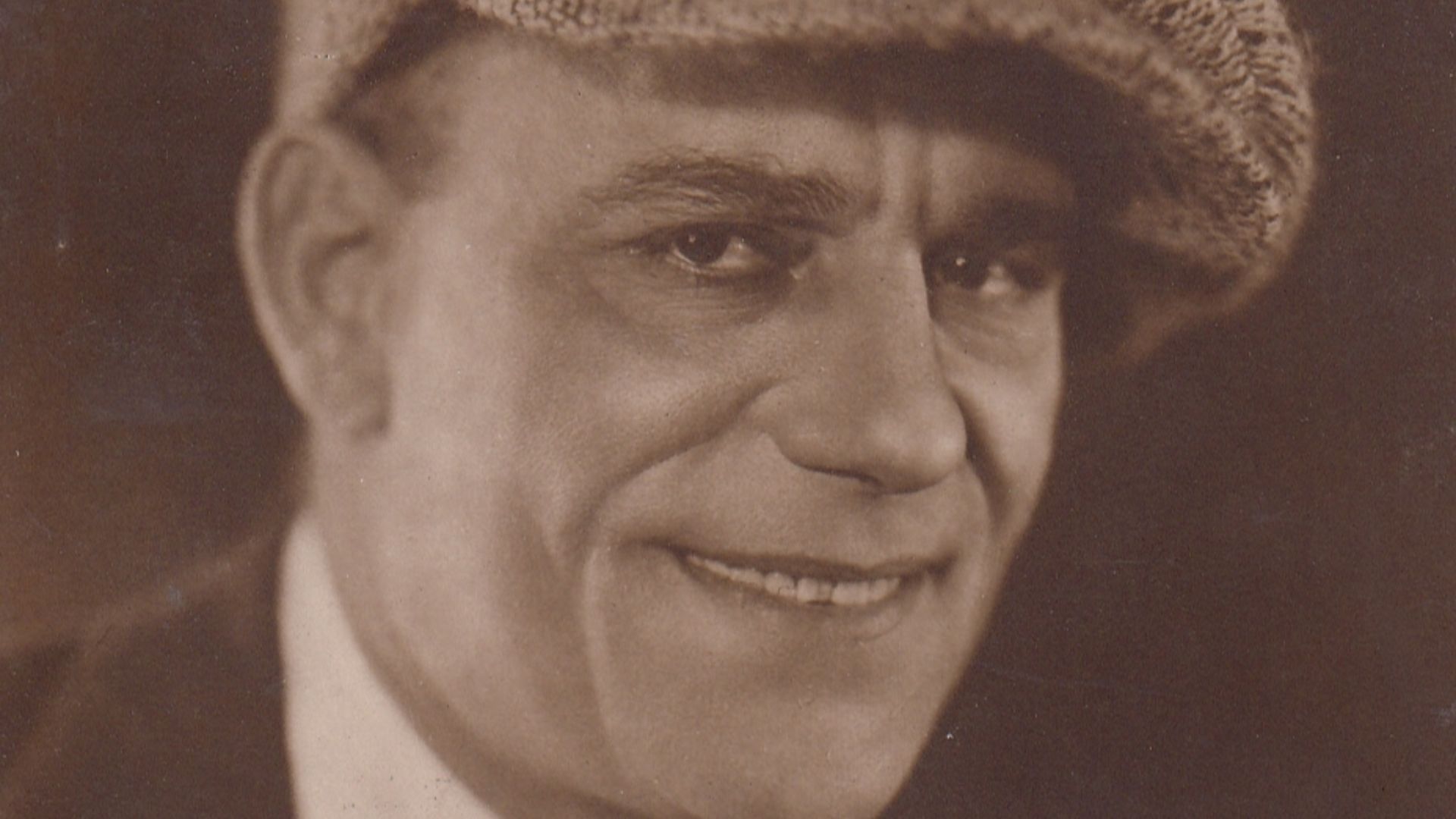 Unknown authorUnknown author, Wikimedia Commons
Unknown authorUnknown author, Wikimedia Commons
12. He Was In A Trio
Universal set Chaney up with actors Dorothy Phillips and William Stowell. Their first film together was The Piper’s Place, and other films followed. In these films, Chaney and Stowell switched between villain and hero, and Phillips just stuck to being the beautiful object of their attraction.
Sadly, this trio would end in tragedy.
13. He Lost His Partner
Chaney’s work with Phillips and Stowell came to an abrupt end when Stowell lost his life in Africa. He’d been in the caboose of a train when another train smashed into it. Chaney had to put away his sorrow and go out and find work. He got an audition for a strange role of a man who pretended to be a cripple.
Chaney needed to nail this audition.
14. He Freaked Out A Director
Chaney went into the audition for The Miracle Man with a need to succeed. He contorted his body so realistically that the director of the film became physically shaken. The part was his, and it would be up to audiences where it would take him.
15. He Became Number One
Chaney’s performance in The Miracle Man was nothing short of miraculous. The praise from various critics sent Chaney to another level of fame. The box office was also substantial, and after this film, many considered Chaney to be the number one character actor in the country.
Now, it was time for Chaney to make the leap from character actor to leading man.
16. He Wanted Revenge
In his next film, Chaney was not actually going to make any leaps. This is because his character has no legs. In The Penalty, Chaney plays a gang leader who had a terrible childhood trauma. An incompetent doctor had unnecessarily amputated his legs. All Chaney’s character can think of is getting revenge on the doctor who did it.
What Chaney needed was a way to look like he really had no legs. He went to extremes to do this.
17. He Suffered Intense Pain
For The Penalty, Chaney wanted to look like he actually had no legs, so he wore a mechanism where his knees fit into buckets. They then tied his lower legs back. The thing was extremely uncomfortable, and Chaney could only wear it for 10 minutes at a time. The studio wanted it gone, but Chaney insisted and suffered through the filming of the movie.
Now he had to see if all this suffering was worth it.
18. He Was Too Good
Critics praised Chaney’s performance even more than they did The Penalty. In fact, he was so convincing that at the end of the film there was a short clip showing that Chaney did indeed have both of his legs. Once again, Chaney’s popularity took a great leap forward.
But there was a price to pay.
19. The Damage Was Permanent
Chaney had done whatever he could to make his character a believable double amputee. Sadly, the time he spent in the apparatus was not good for his legs. Because of this, Chaney suffered permanent damage to his legs. He truly suffered for his art. Chaney was becoming known for his ability to transform his body.
What he needed was a director who was as creative as he was.
20. He Met A Kindred Spirit
Around this same time, Chaney met director Tod Browning. Browning was earning a good living making all sorts of films and would later hit icon status with Dracula and Freaks. Just like Chaney, Browning had come from vaudeville, and he must have felt close to Chaney. The two started working together on films, and their collaborations became legendary.
Chaney’s ability to lose himself in his characters gave Browning an idea.
21. He Played Two Roles
In Outside the Law, Browning had Chaney play two characters: the villain and the hero. To the audience’s shock, one of Chaney’s characters shoots the other. This kind of special effect was something new to audiences, and it solidified Chaney’s career. But there was something even bigger coming up soon.
22. It Was His Biggest Yet
In 1923, Chaney became attached to The Hunchback of Notre Dame. This was going to be Chaney’s biggest film yet, and the estimated budget was rising daily. Most thought it would cap at $1 million, but in the end, it was a whopping $1,250,000. Chaney’s share was just $2,500 a week.
There was a lot of money riding on Chaney’s performance, and he had to get it right.
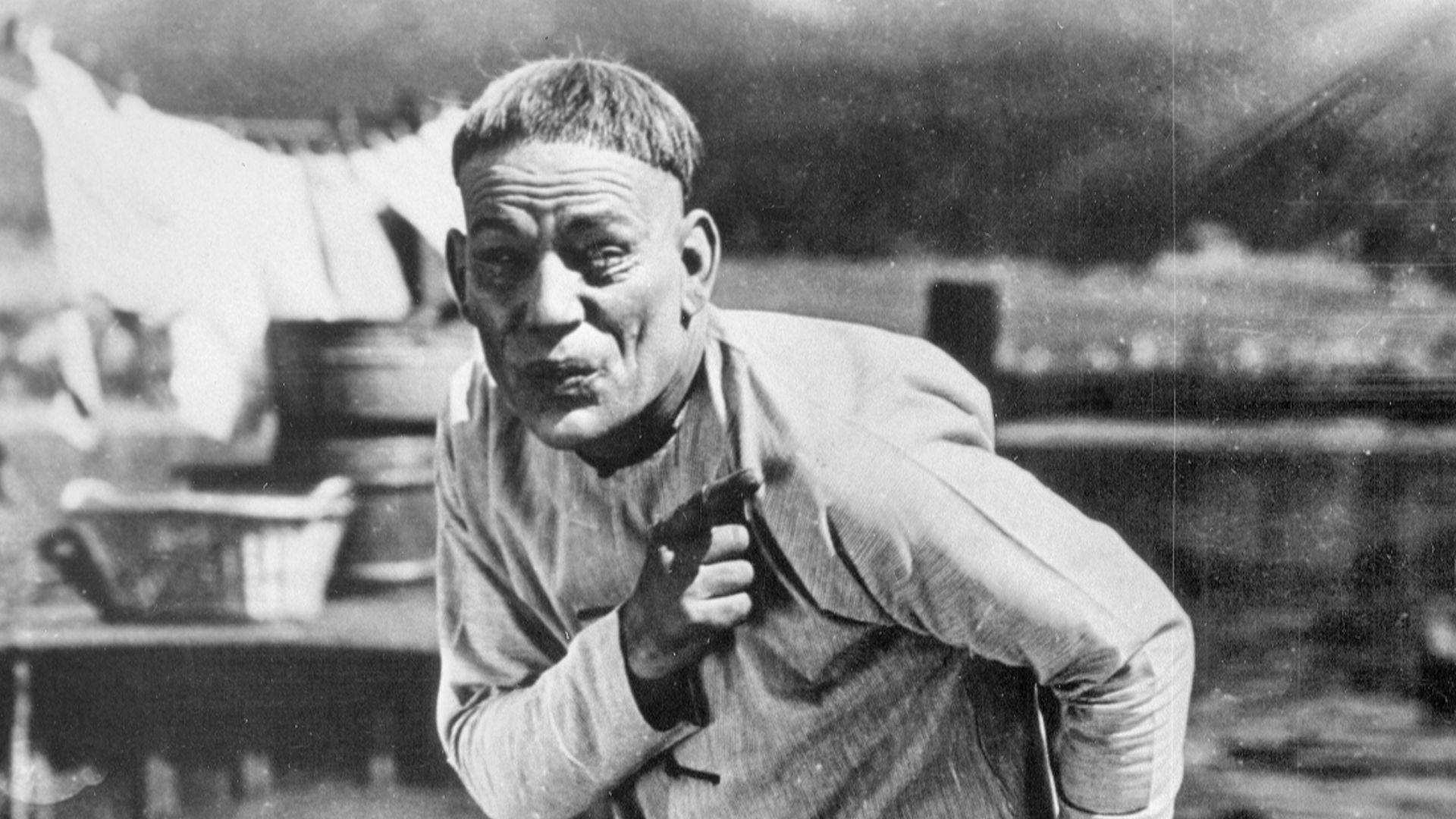 Orange County Archives from Orange County, California, United States of America, Wikimedia Commons
Orange County Archives from Orange County, California, United States of America, Wikimedia Commons
23. He Wanted Authenticity
To get ready to become Quasimodo in The Hunchback of Notre Dame, Chaney interviewed various individuals who suffered from deformities. With this information, Chaney set out to make his makeup as real-looking as possible. In fact, it was so good that many people believed that the actor was really suffering from these maladies.
While the illnesses weren’t real, his suffering was.
24. He Paid A High Price
Once again, Chaney was willing to suffer for his art. He wore a brace to hold his legs together, and this caused him pain for the rest of his life. He also wore a contact lens for the role. This lens causes Chaney to suffer extreme vision loss. Some may say it was worth it. The film was a hit, and so was Chaney's performance.
Next, Chaney would put away the hump and don a dress.
 Michael Ochs Archives, Getty Images
Michael Ochs Archives, Getty Images
25. He Played An Old Lady
Chaney and Browning made a move to MGM and started this relationship with The Unholy Three. Because of Chaney’s ability to hide in his characters, Browning had him play a circus performer who pretends to be an old lady. Here was a chance for Chaney to really camp it up for obvious laughs.
But Chaney had other ideas.
26. He Played It Straight
Chaney was not one to camp anything up, and he took playing his old lady character seriously. Critics called his performance "remarkable" and "multifaceted". The Unholy Three was anything but unholy to critics and audiences. It ended up in The New York Times’ top 10 films of the year. The ultimate Chaney portrayal was just around the corner.
 The Phantom of the Opera (1925), Universal Pictures
The Phantom of the Opera (1925), Universal Pictures
27. He Was Made For the Part
Getting Chaney to play the Phantom in The Phantom of the Opera seems like a no-brainer. Back then, this story was not that well-known to audiences and director Rupert Julian took one look at the script and said he couldn’t make the film without Chaney. Chaney and his makeup kit showed up for work, and a legendary performance was born.
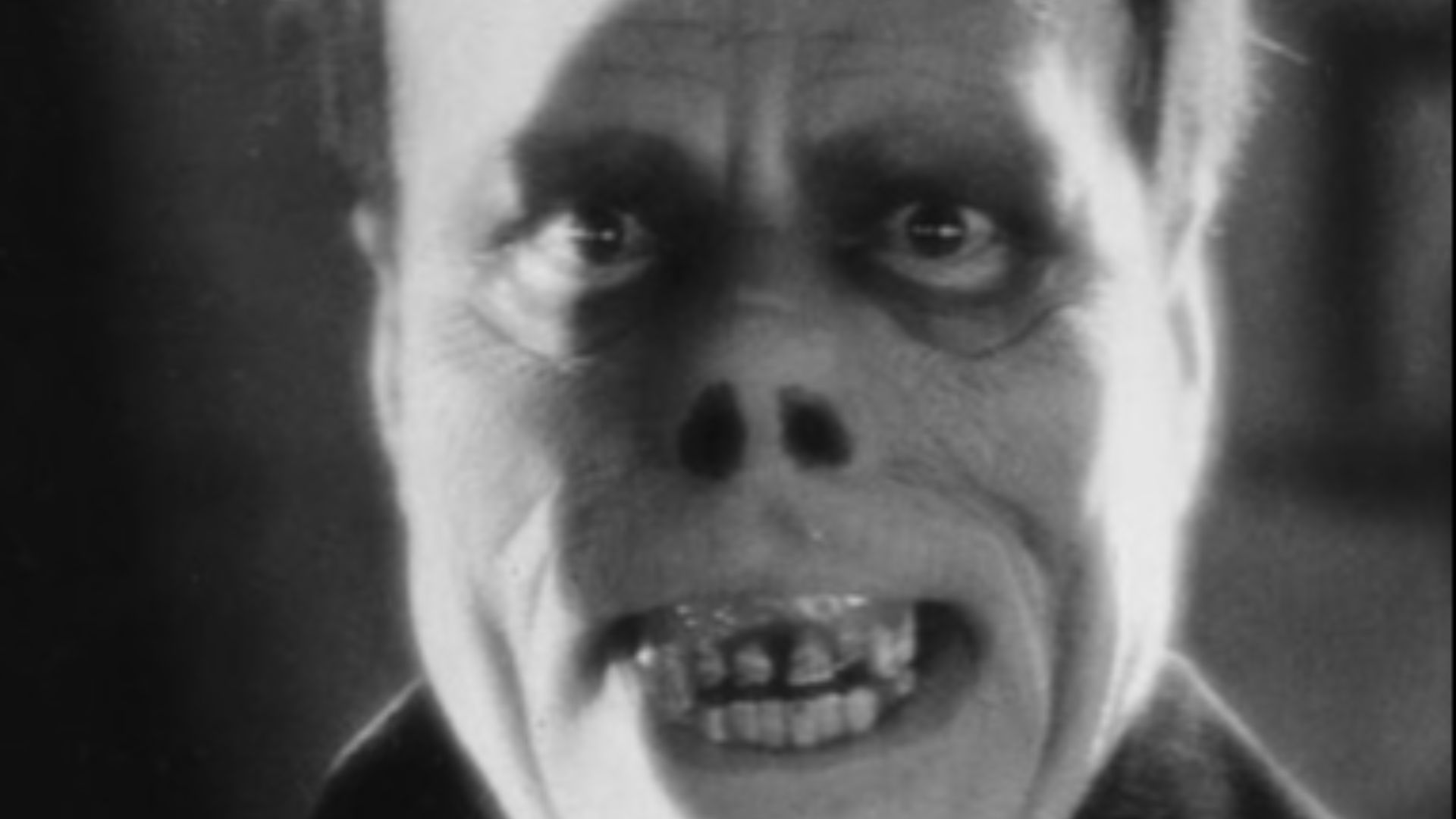 Unknown authorUnknown author, Wikimedia Commons
Unknown authorUnknown author, Wikimedia Commons
28. They Kept It A Secret
When Chaney did his makeup for The Phantom of the Opera, he stuck right to the words of the novel, and the finished product was horrifying. In order to make the experience of seeing him on the big screen all the more terrifying, the media had no access to pictures of Chaney in his makeup.
But audiences weren't the only ones in for a surprise.
29. He Carried Out A Macabre Test
While Chaney was working on getting his makeup right for the Phantom character, he decided to test it out. While in full makeup for the first time, he called cameraman Charles Van Enger into his dressing room. When Van Enger saw Chaney in his makeup, he fell over a stool and onto the floor. He then almost wet his pants. Chaney knew he’d done his makeup well.
There was still one more person Chaney needed to scare.
30. She Had No Idea
When filming The Phantom of the Opera, everyone involved kept Chaney’s appearance a secret from his co-star, Mary Philbin. When you see Philbin's reaction to seeing The Phantom for the first time, that is real terror on her face. But there was another reason why Philbin may have been so scared.
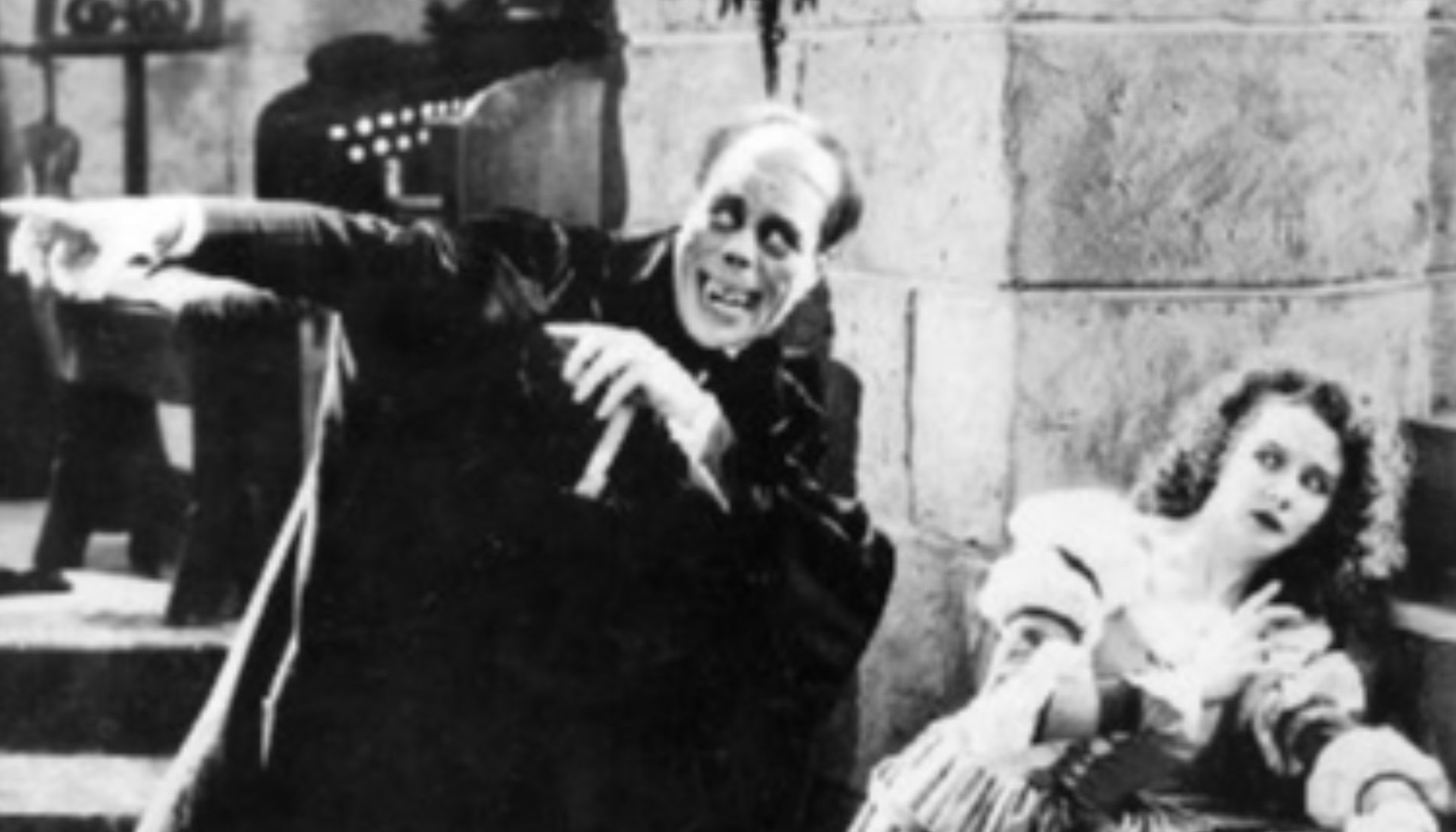 File Upload Bot (Magnus Manske), Wikimedia Commons
File Upload Bot (Magnus Manske), Wikimedia Commons
31. He Made An Unwanted Move
There is a story out there that after The Phantom of the Opera, Philbin would not consider acting with Chaney again. It wasn't because his makeup scared her, but because he had allegedly made romantic advances toward her and she didn’t want to face that again. There was no cancel culture back then, so Chaney continued to make movies.
32. He Repeated Himself
In 1926, Chaney and Browning got together to make The Blackbird. Chaney was up to his old trick of playing with an alter ego. In The Blackbird, Chaney plays a man who pretends to be his own deformed twin brother. It could be that audiences were tiring of Chaney’s deformed schtick, as the response to this film was tepid at best.
Chaney continued making films with Browning, and then one really stuck out.
33. He Changed His Teeth And Eyes
In London After Midnight, Chaney plays a vampire-like character, and his makeup was outstanding. Once again, Chaney put himself in a very uncomfortable situation. He had apparatus on both his teeth and his eyes. He was in such pain during filming that he had to remove the apparatus every few minutes.
The effect was actually a little too terrifying and made one audience member crazy.
34. He Made Him Crazy
One young man who saw Chaney in London After Midnight went crazy after the film. He tragically took the life of his girlfriend and made the case to the judge that it was Chaney’s horrifying makeup that made him do it. The judge was not buying it and threw the book at the young offender.
But even in more modern times, Chaney’s performance in this film has had an eerie effect on viewers.
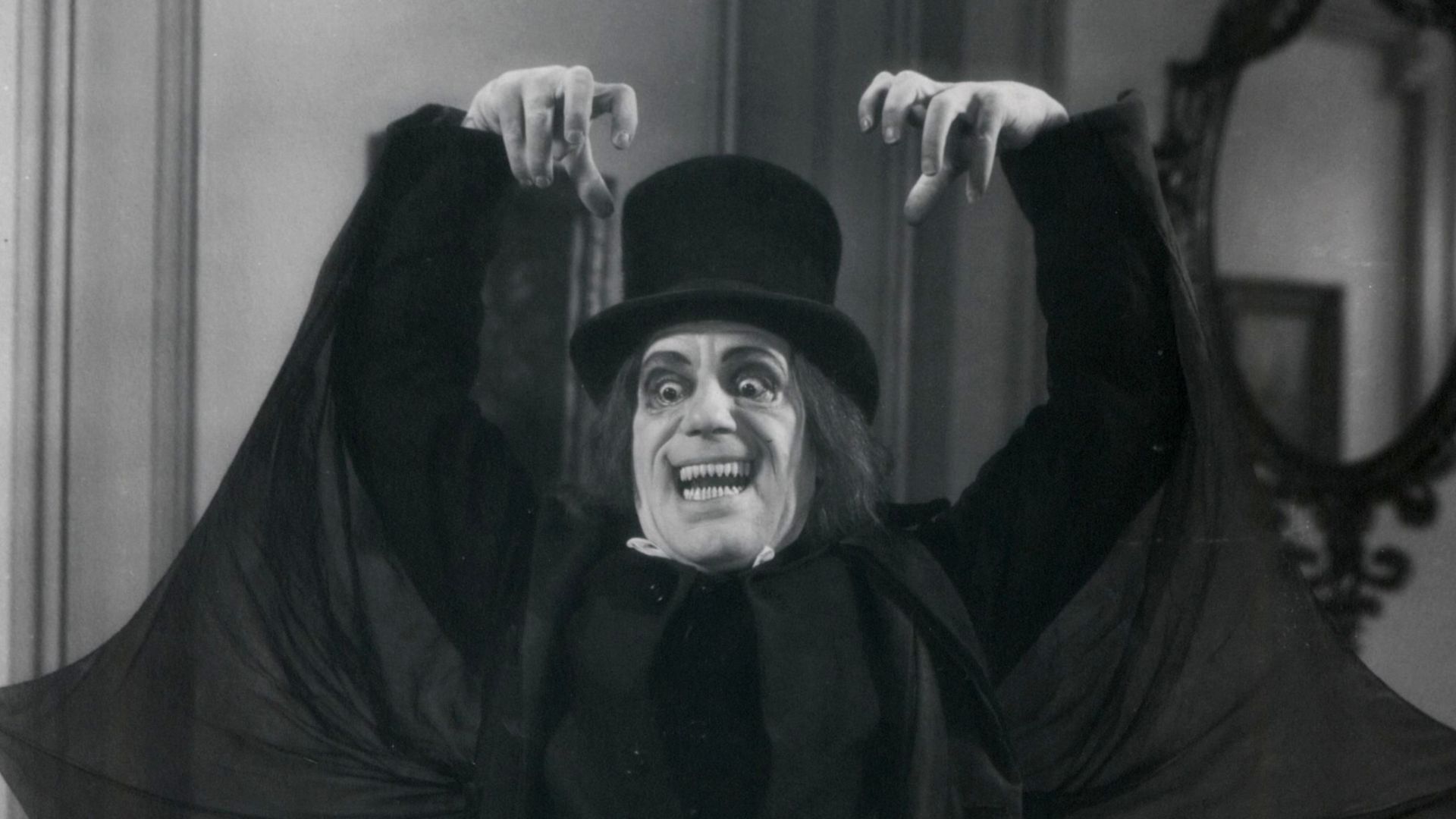 Unknown authorUnknown author, Wikimedia Commons
Unknown authorUnknown author, Wikimedia Commons
35. It’s Still Scary
The ITV series Whitechapel used Chaney's character in London After Midnight as a catalyst for murder. In two episodes, a man with an obsession with Chaney’s character has just escaped from a psych ward. It was a great plot idea, but something didn’t add up.
How did this character see London After Midnight? There are no copies of the film.
36. There Are No Copies
The AFI has put London After Midnight on its “Lost Films” list, which means there is no complete copy of the film anywhere. In the Whitechapel episode, the crazed character has a fictional surviving copy of the film. In the real world, London After Midnight is the lost film that people would most like to get their hands on. And Chaney’s acting is one of the biggest reasons for this.
Weirdly, it wasn't that popular with critics.
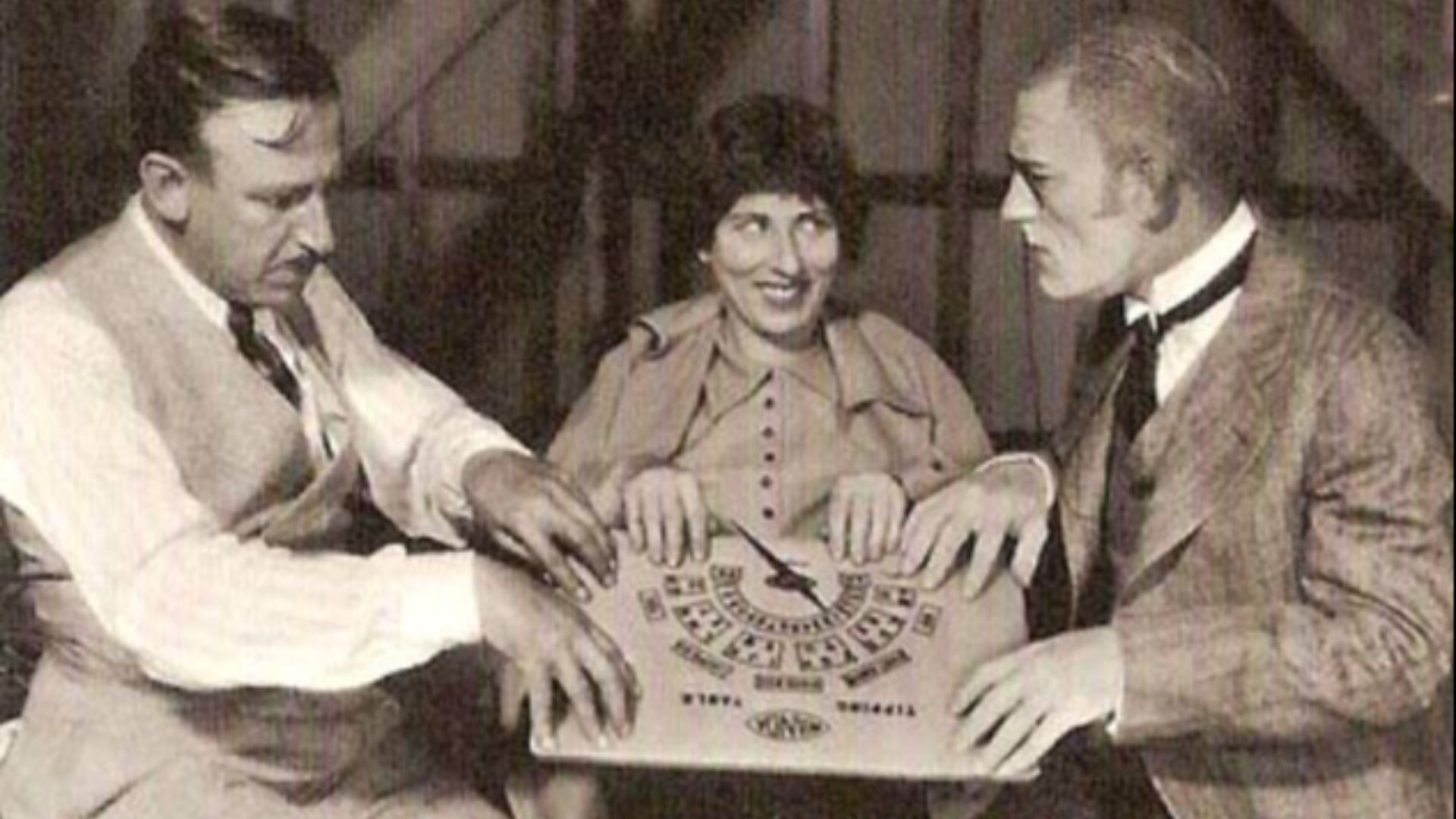 M-G-M studios, on the set of London After Midnight (1927), Wikimedia Commons
M-G-M studios, on the set of London After Midnight (1927), Wikimedia Commons
37. It Brought Audiences In
London After Midnight was not a favorite among critics. Some found it too morbid, others found that the story didn't make much sense. That said, it was a huge box office boon for MGM. It made the studio more than half a million dollars, which was a lot in those days. MGM was happy, and Chaney and Browning got the green light for more horror films.
38. He Inspired An Icon
In 1929, Chaney appeared with up-and-coming star Joan Crawford in The Unknown. Chaney plays an armless knife thrower, and Crawford plays his scantily clad sidekick. While this may seem a little low-brow for Crawford, she said that Chaney taught her “the difference between standing in front of a camera and acting."
Film technology was changing, and Chaney was going to have to change with it.
 Tell It to the Marines (1926), Metro-Goldwyn-Mayer
Tell It to the Marines (1926), Metro-Goldwyn-Mayer
39. He Made It Again
In the early 1930s, talkie films were all the rage, and Chaney did a talkie remake of The Unholy Three. While some actors lost their careers because their voices didn’t sound right, Chaney’s case was the opposite. In this film, audiences could hear Chaney expertly speak like an old woman, a young girl, a parrot and a ventriloquist and his dummy.
But there was a problem.
40. He Was Just Too Good
Chaney’s voice in the talkie version of The Unholy Three seemed to be just too good. Audiences were having trouble believing that it was really Chaney doing all those voices. Eventually, Chaney had to give a statement—a notarized one—promising that it was only him doing the voices.
With his great vocal talent, the advent of the talkies was going to be good for Chaney. You have to wonder what Chaney would have done with his career if he had lived longer.
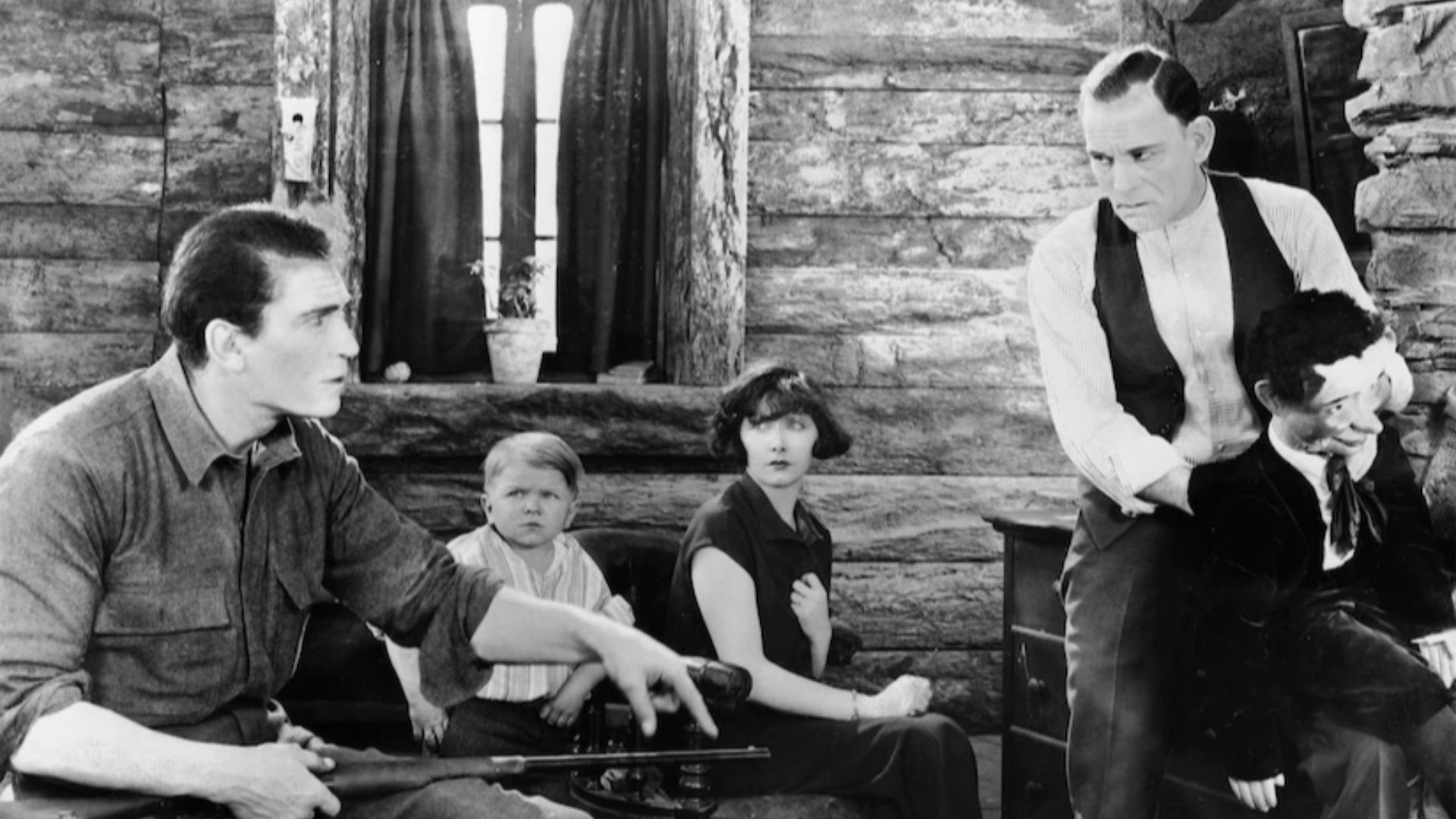 M-G-M studios, 1925 film The Unholy Three, on the set. Directed by Tod Browning., Wikimedia Commons
M-G-M studios, 1925 film The Unholy Three, on the set. Directed by Tod Browning., Wikimedia Commons
41. He Missed A Classic Role
Bela Lugosi is many moviegoers’ “go to” as the most classic Dracula. If Lon Chaney had lived a few years longer, it probably would have been him in the title role. 1939’s Dracula had Browning as its director, and many believe that he would have hired Chaney and not Bela Lugosi for the iconic role. No matter, there are many other roles to help us remember Chaney.
Well, not as many as you might think.
42. They Lost Them
Chaney made an incredible 157 films over his short lifetime. Sadly, all but 55 of them have disappeared. And even these 55 films are not available in their entirety. We can only wonder what his performances were like in these lost films. Another thing we don’t have is footage of Chaney when he wasn’t in character.
And we only have Chaney himself to blame.
43. He Turned Away From Fame
One day, MGM wanted to shoot a reel featuring all the actors under contract with them. They lined up all the actors, and the camera panned across a sea of faces. If you want to see Chaney in this reel, you can’t. He purposefully kept his back to the camera. He wanted to keep his fans in the dark as to how he looked without his makeup.
Some actors are just not in it for the fame. And Chaney is certainly one of those.
44. He Kept A Low Profile
While Chaney was a big star, he and his wife, Hazel, lived away from the spotlight of Hollywood. You’d think that MGM would be after him to do the things that stars do to bring attention to themselves and to the films. But MGM had a different view about this. They thought it added to his sense of mystery.
As it turns out, Chaney is still serving up mystery to this very day.
45. He Still Horrifies
Up until fairly recently, scare seekers could still get a real-life shock from Chaney at Universal’s Sound Stage 28. This was the residence of the set they built for The Phantom of the Opera. Some believe—because of some fatal accidents—that Chaney’s ghost lived nearby. Sadly, they destroyed the set in 2014. Or maybe it’s for the better.
Thankfully, there are some less horrifying ways to remember Chaney.
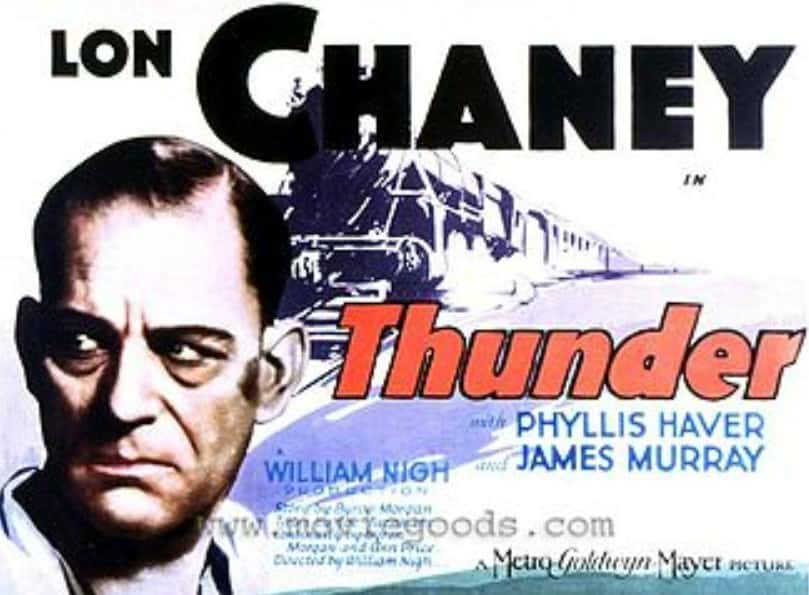 Wikipedia
Wikipedia
46. He Won’t Go Away
In 1974, the United States Postal Service proudly released a 29-cent stamp with a caricature of Chaney. In San Antonio, Texas, there’s a street bearing his name. If you still want more, try the Lon Chaney Theater in the Colorado Springs Civic Center. You can even see his original makeup kit at the Los Angeles Natural History Museum.
As it turned out, Chaney’s knowledge about makeup was in high demand.
47. He Was An Expert
It wasn’t just Chaney’s performances and body contortions that made him a legend. He was also an expert at applying makeup. His magic touch made his characters extra ghoulish without the help of professional makeup artists. Chaney was so knowledgeable about makeup that his writing on the topic appeared in the 1929 edition of the Encyclopedia Britannica.
Chaney made such a big name for himself making horror films, we sometimes forget that he had other talents as well.
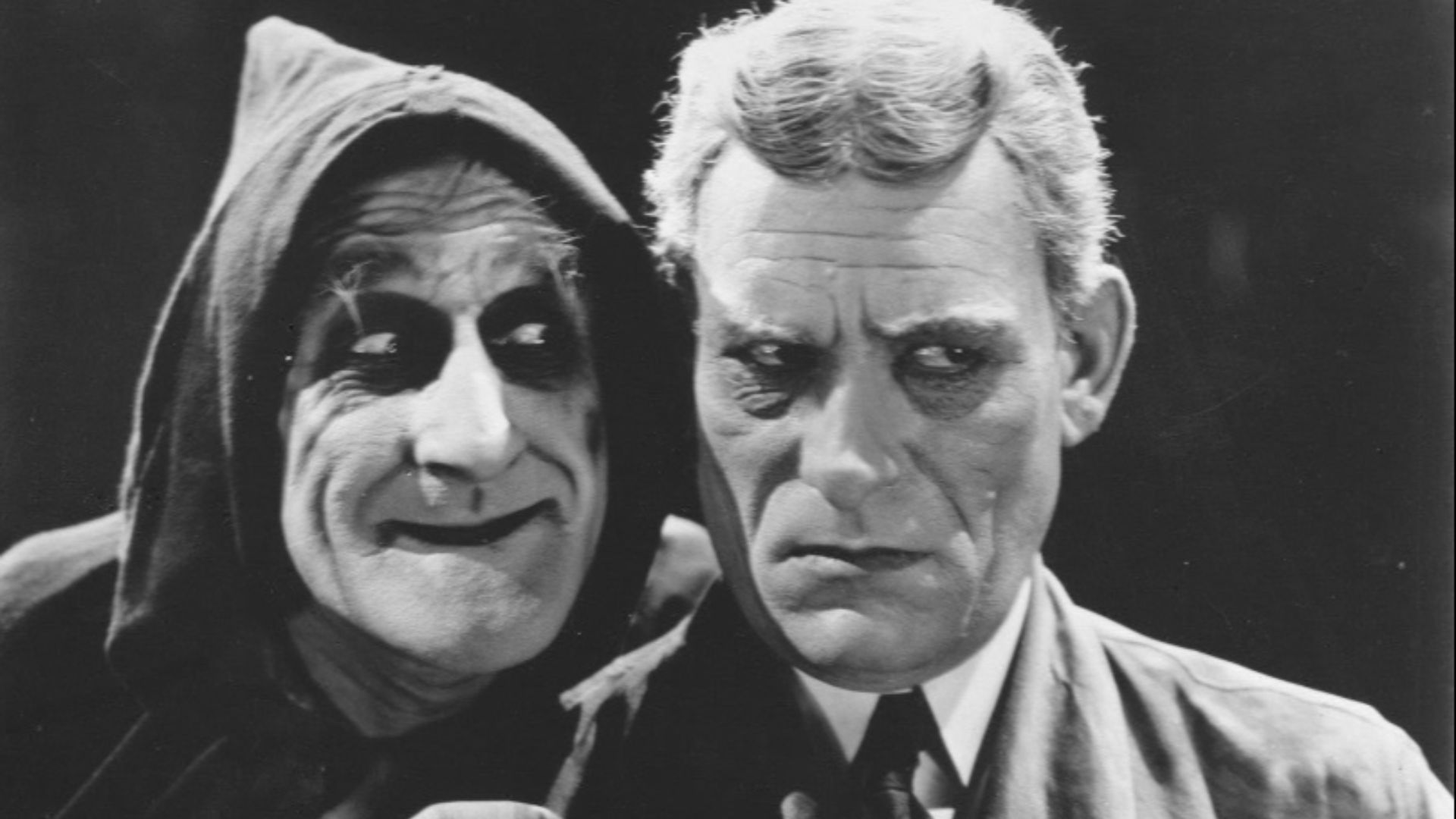 unknown (MGM), Wikimedia Commons
unknown (MGM), Wikimedia Commons
48. He Was So Much More
While Lon Chaney has gone down in history as an actor in horror films, he was actually more than just that. One person noted that Chaney was an irresistible comedian, and another that he had a beautiful singing voice. To complete his list of skills, you’d also have to mention his talent as a dancer. Proof of this exists in an unfinished film called The Fascination of the Fleur de Lis.
While many believe Lon Chaney died of cancer, there was actually something much darker at play.
49. He Inhaled
Back in 1929, Lon Chaney had worked on Thunder, and while filming a scene in the snow, Chaney caught pneumonia. Things got more complicated when some of the fake snow they used for the scene became lodged in Chaney’s throat. After all the dangerous things Chaney had done to his body, could it be that something as light as snow could be the one that did him in?
50. They Couldn’t Help Him
Doctors did what they could to help Lon Chaney, but he soon had an infection. On August 26, 1930, Chaney passed due to a throat hemorrhage. Many blamed his early passing solely on the artificial snow—made from crushed gypsum—that got into his throat. Others point to the fact that Chaney was a heavy smoker.
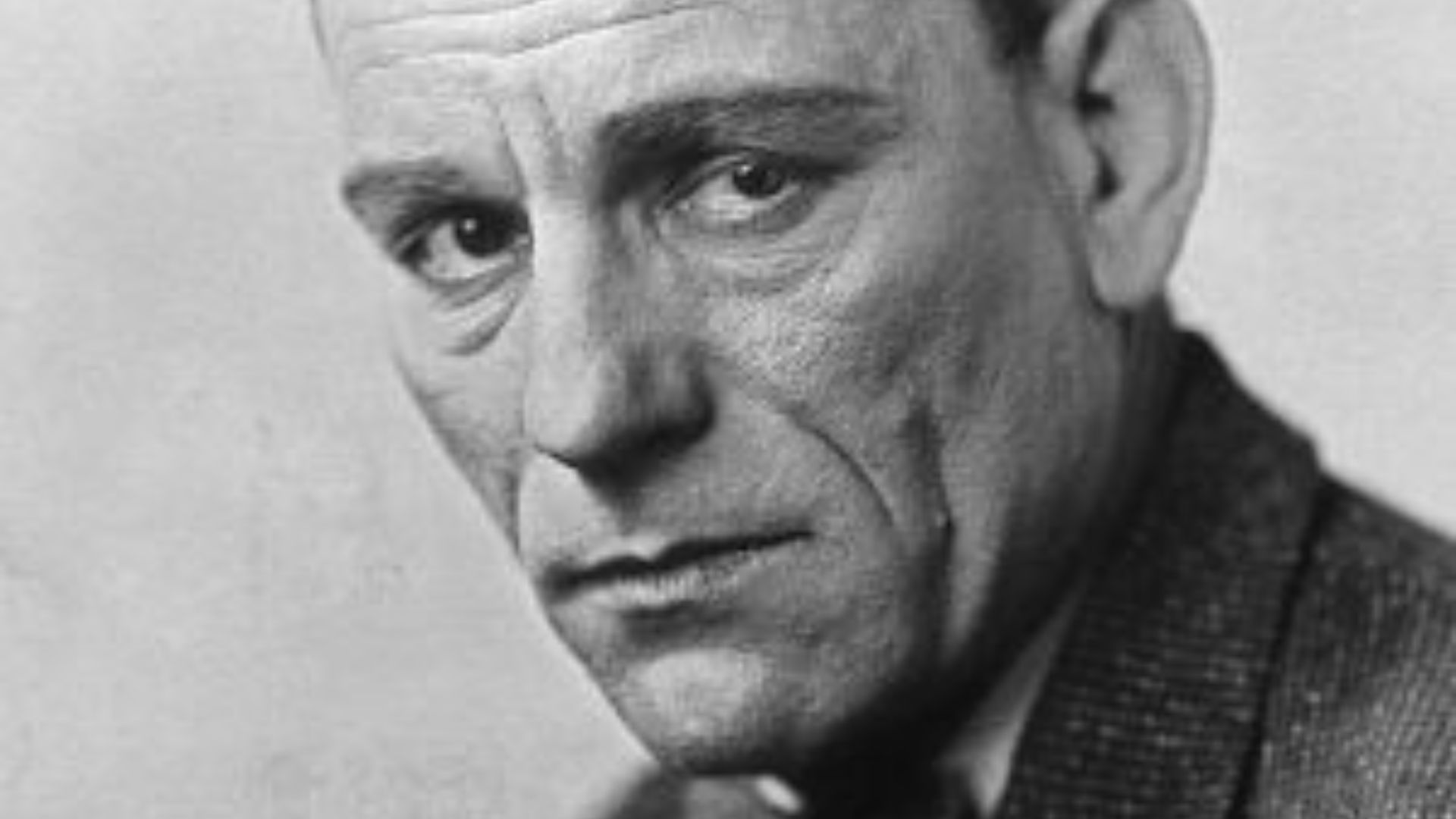 Unknown authorUnknown author, Wikimedia Commons
Unknown authorUnknown author, Wikimedia Commons
You May Also Like:
Bram Stoker, The Dark Creator of Dracula
Bela Lugosi, The Classic Count Dracula
Anthony Perkins, Horror’s Leading Man
Sources: 1, 2, 3, 4, 5, 6, 7, 8, 9, 10, 11, 12, 13, 14, 15, 16, 17, 18, 19

